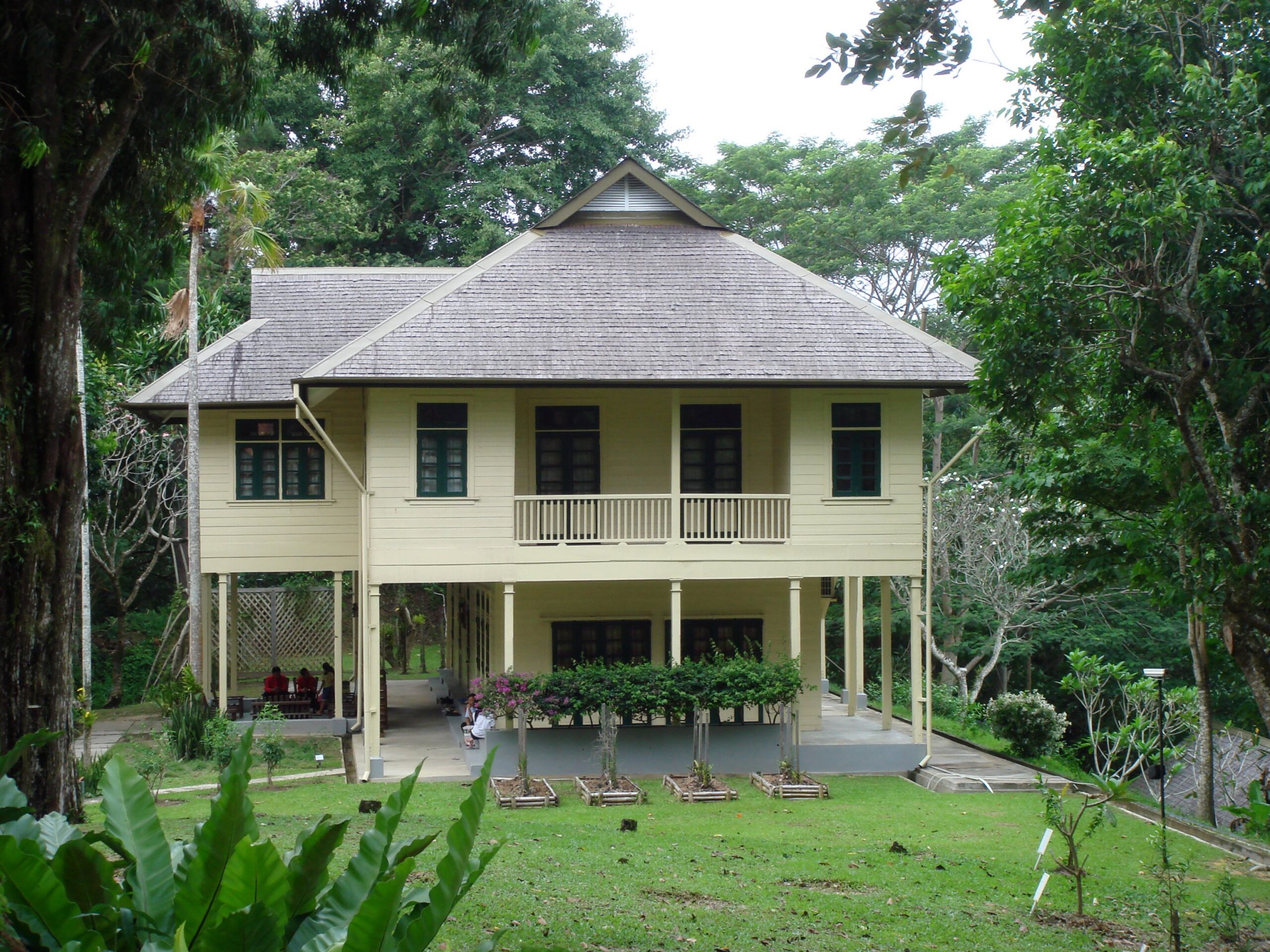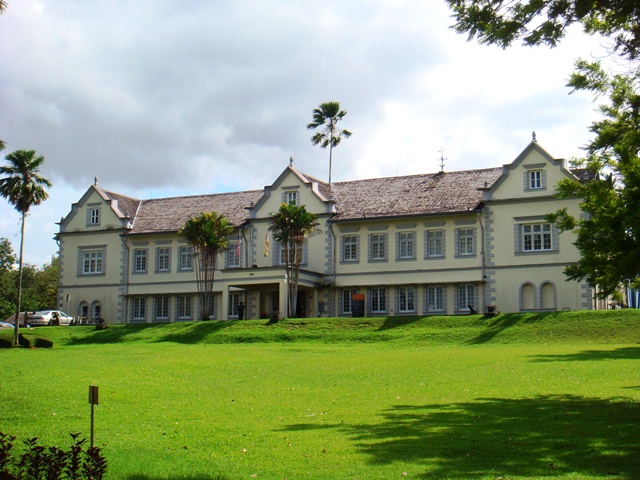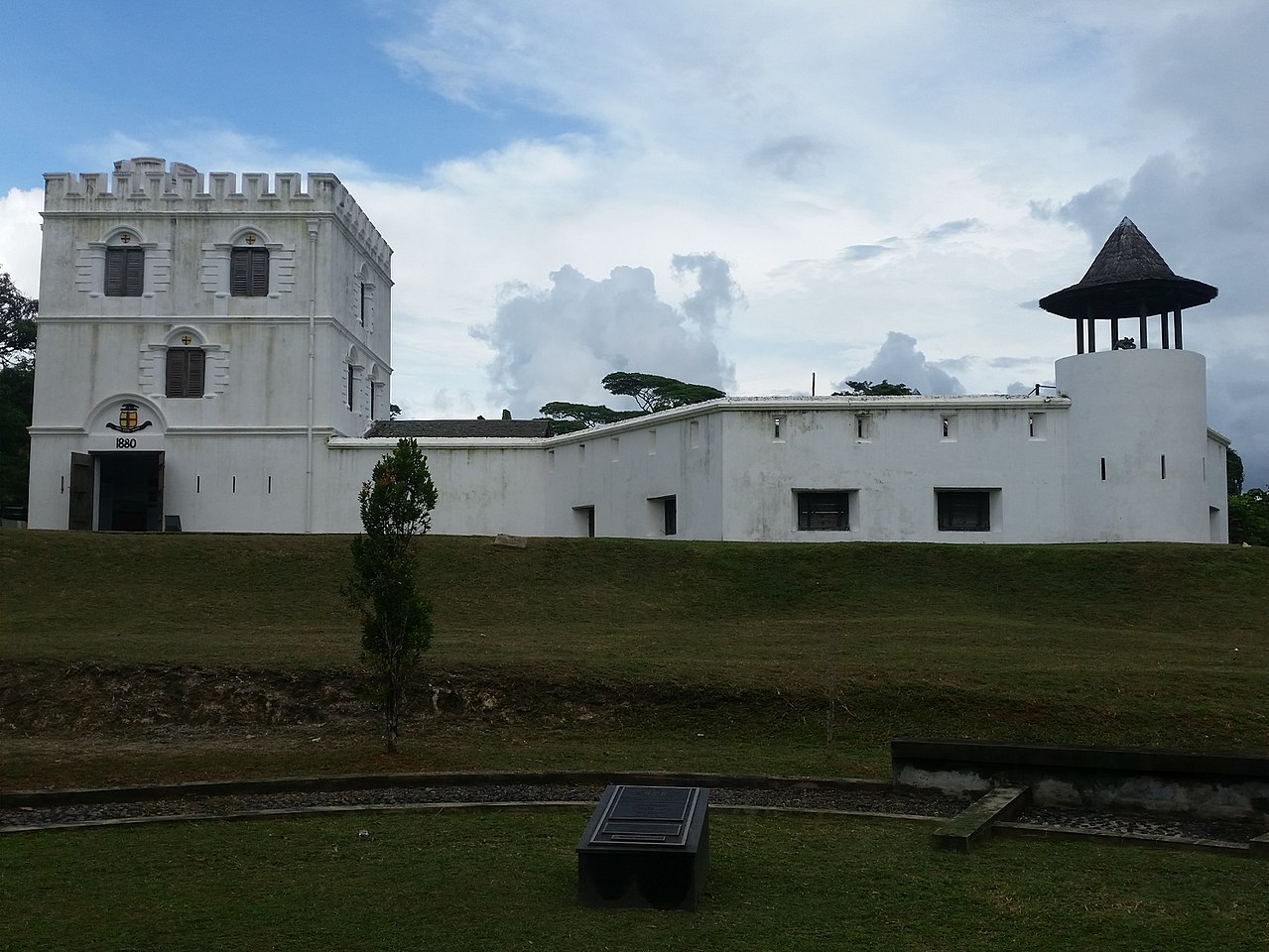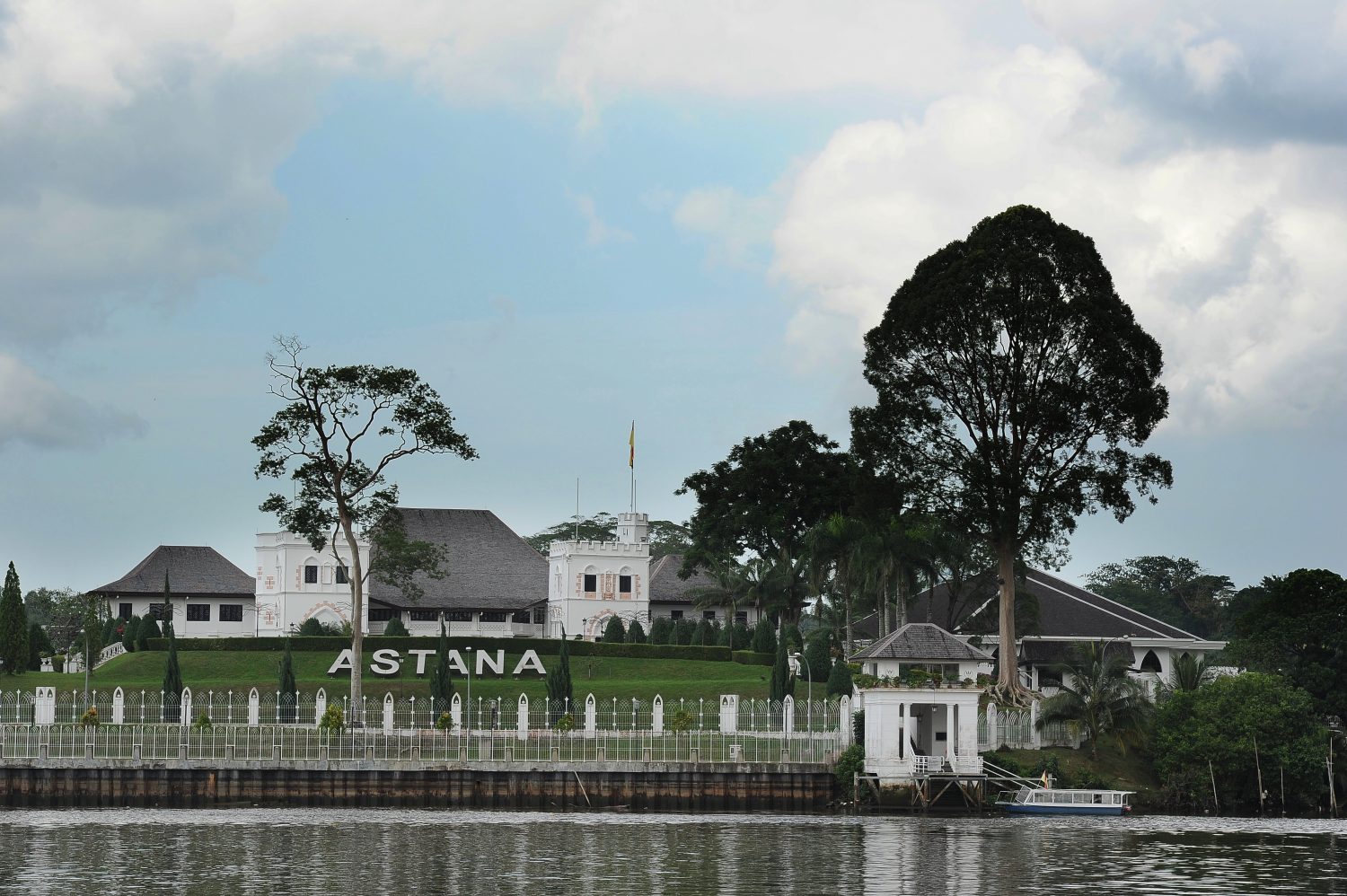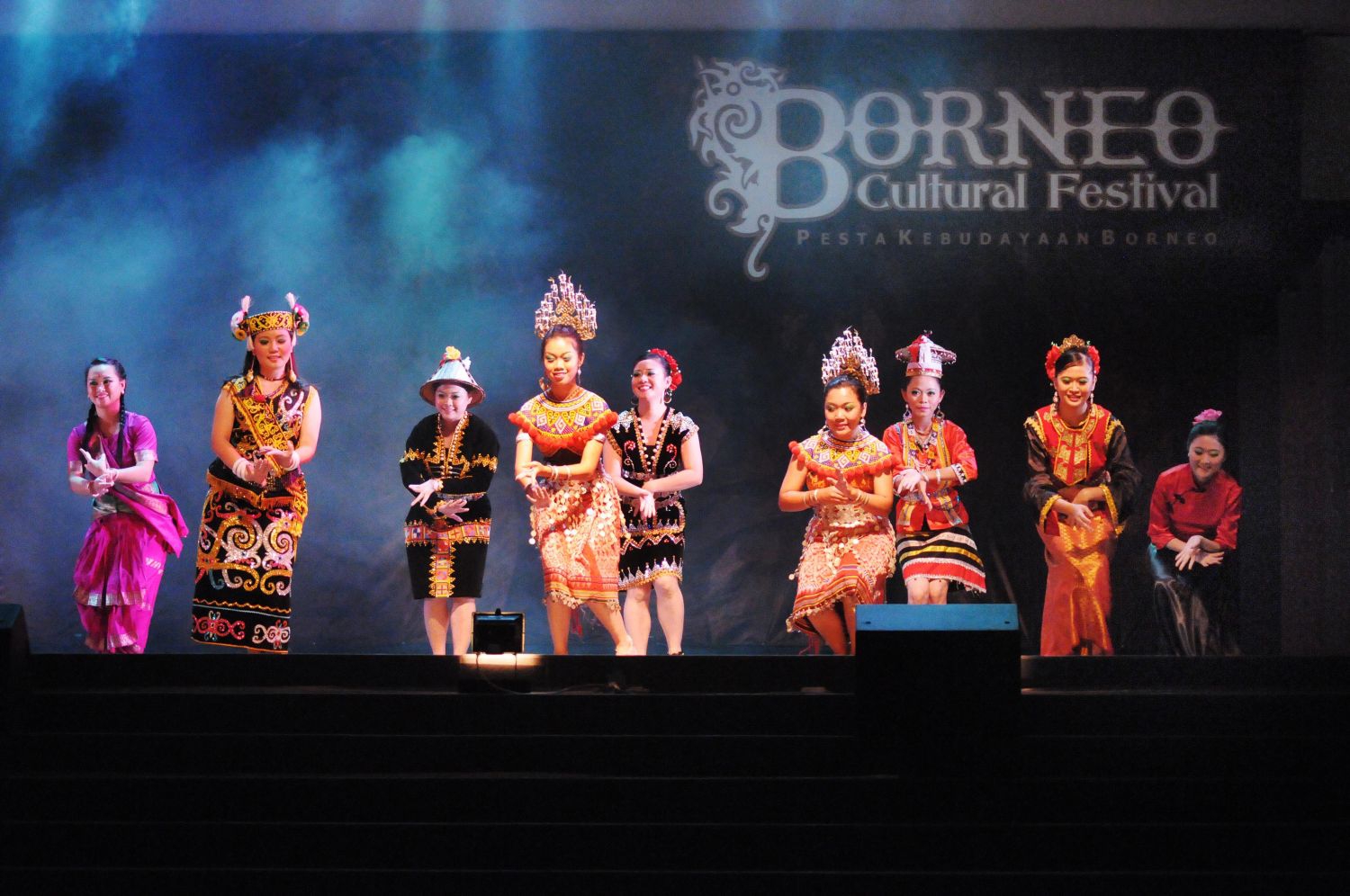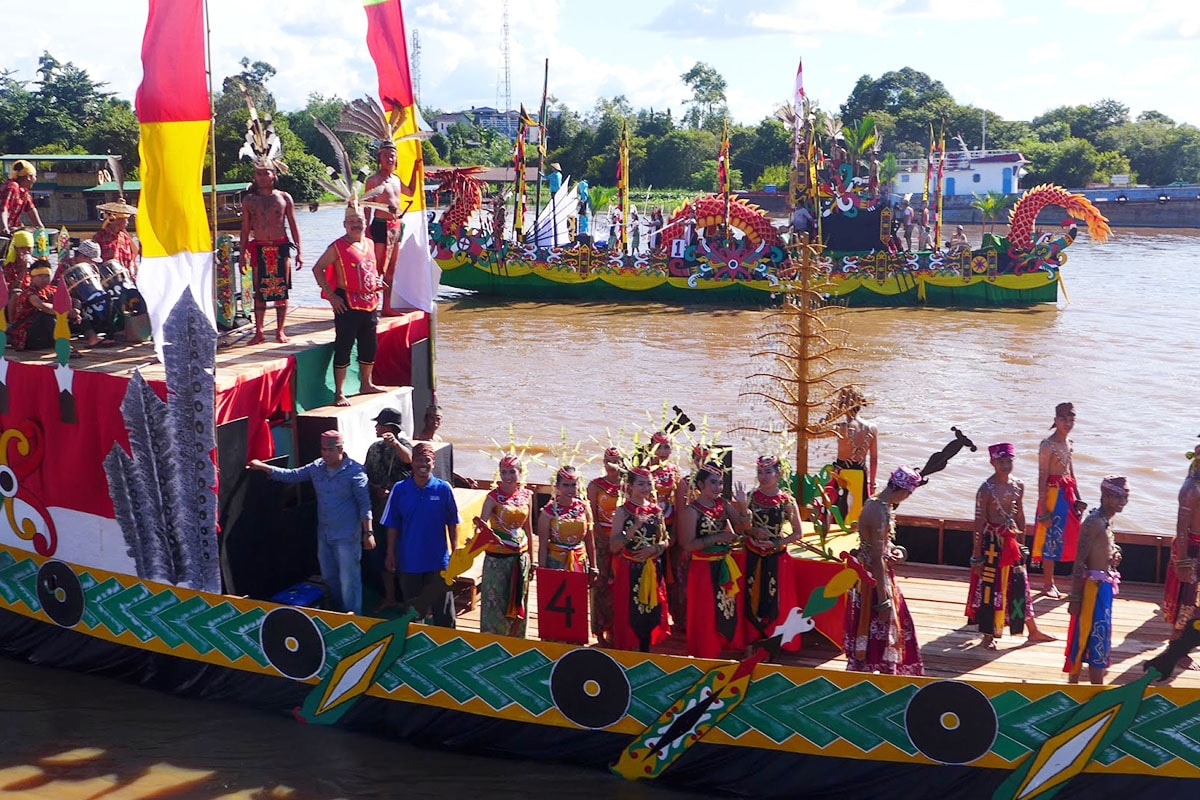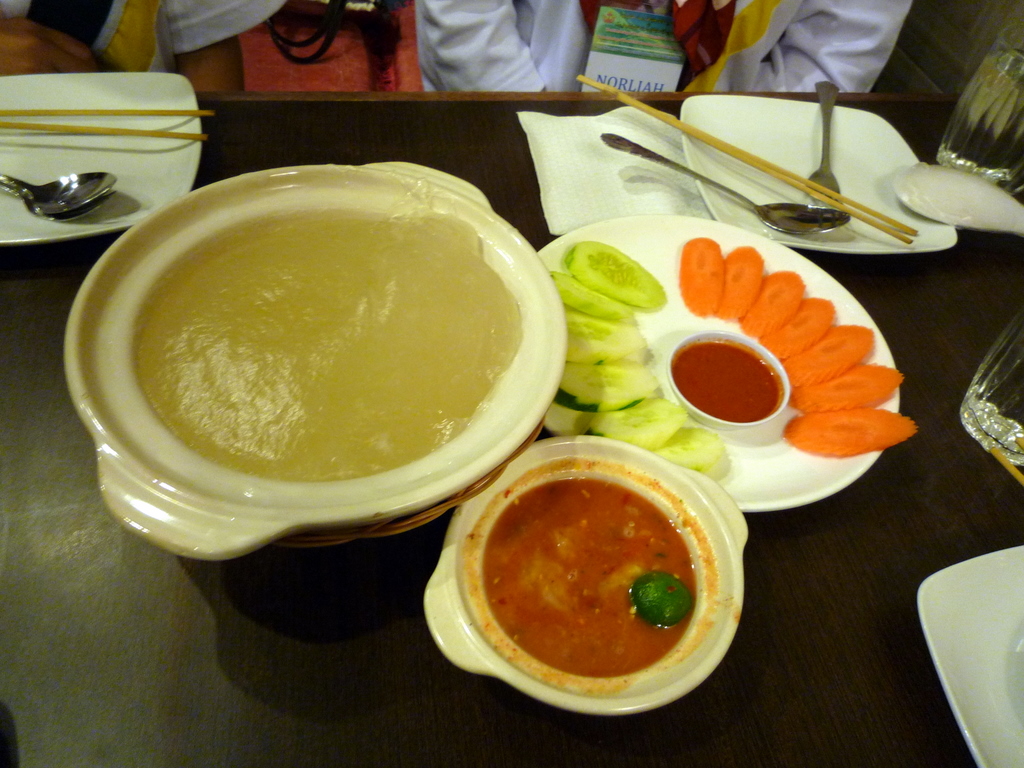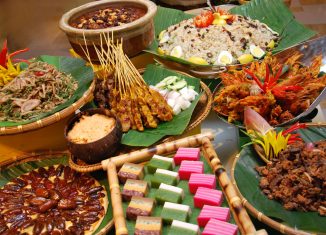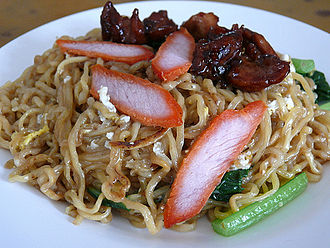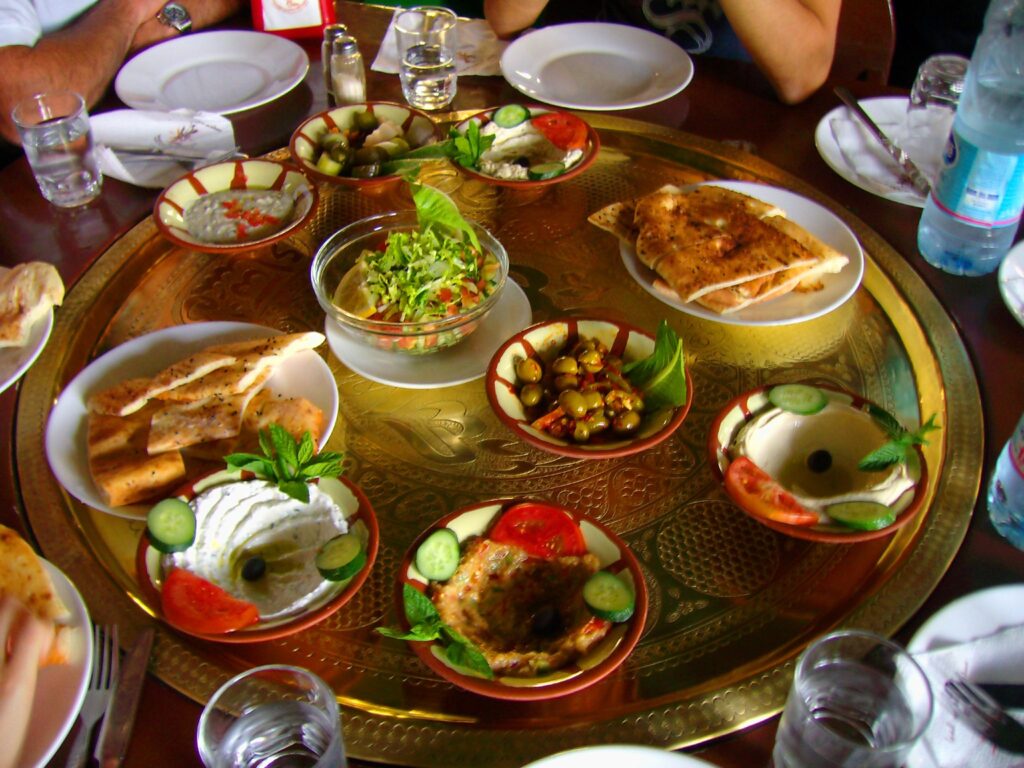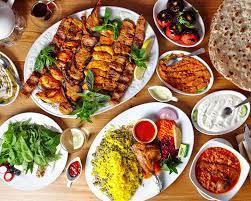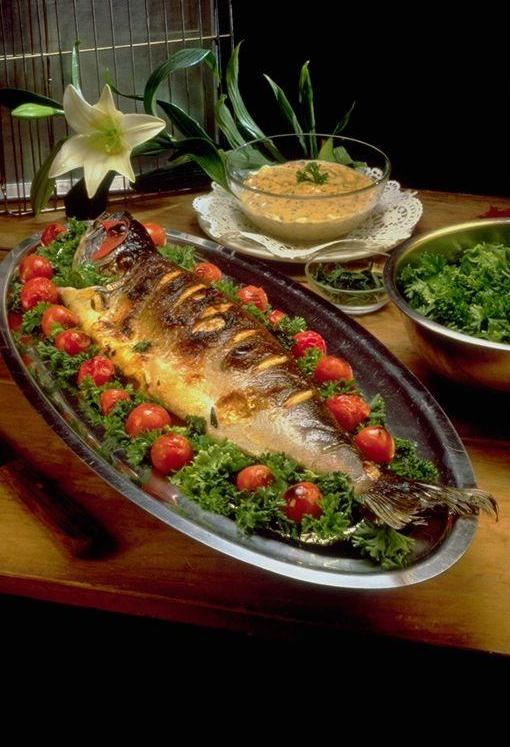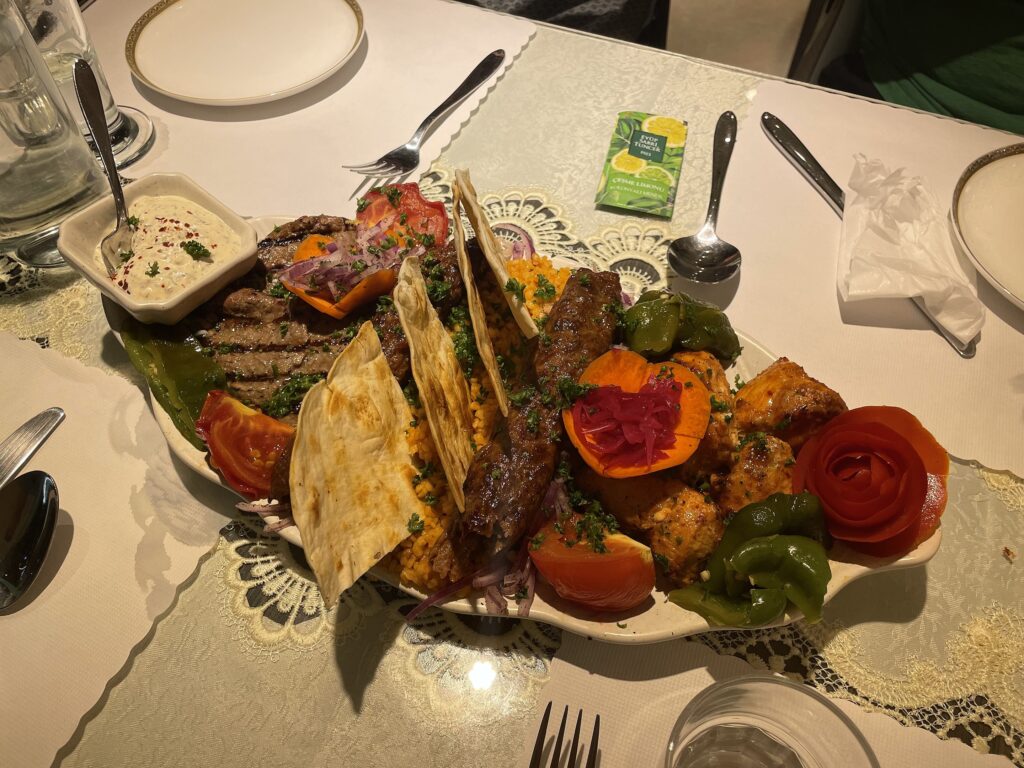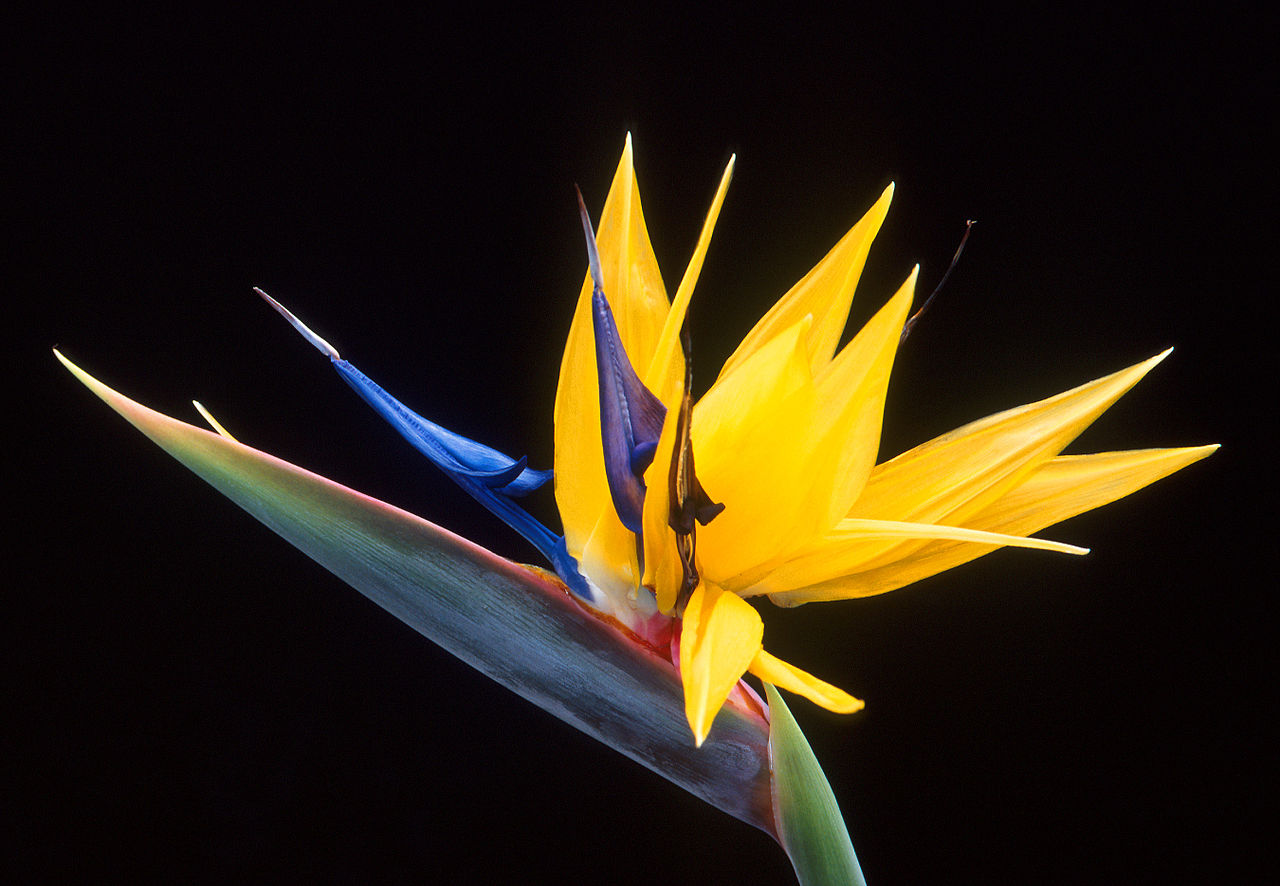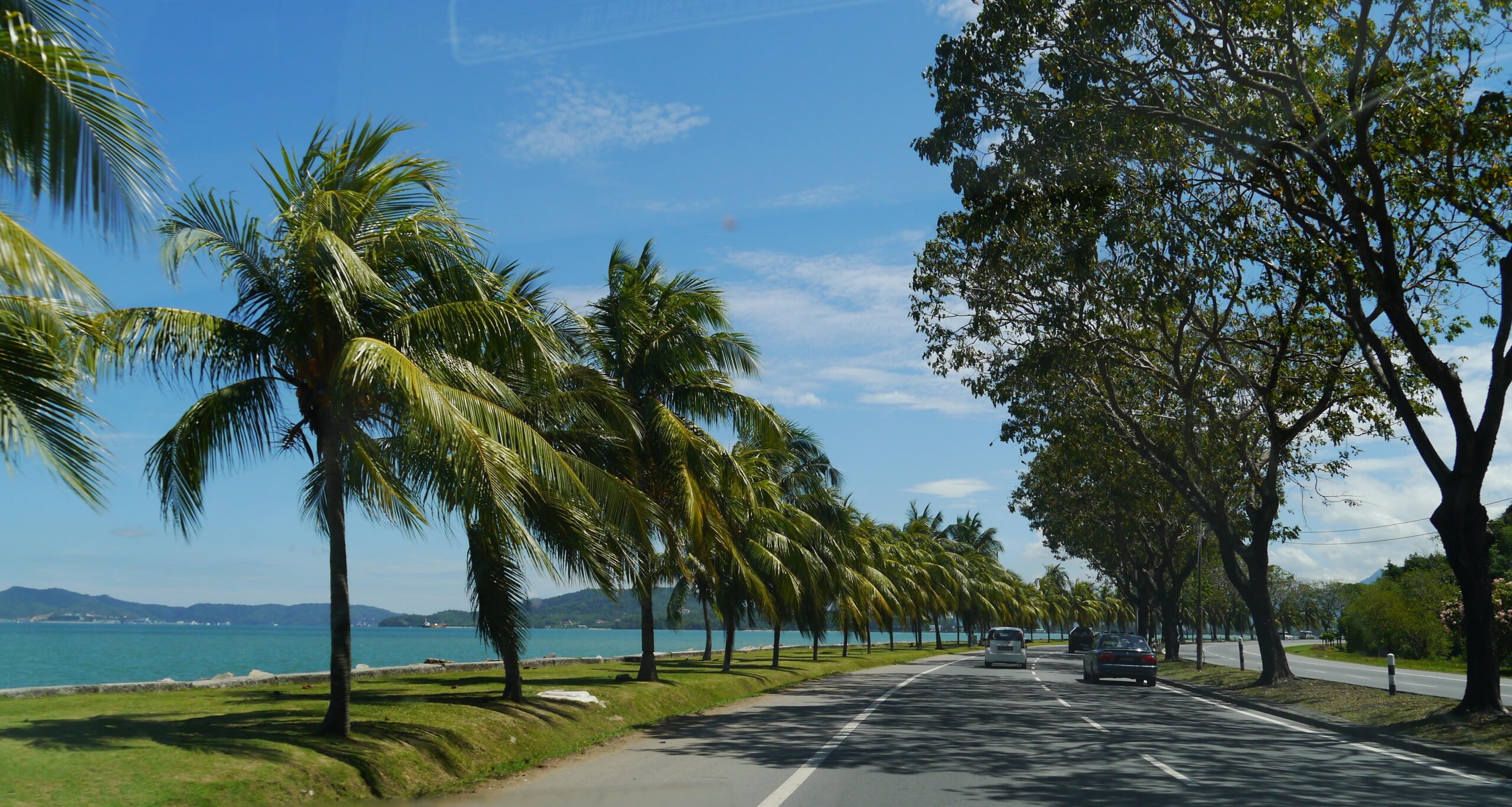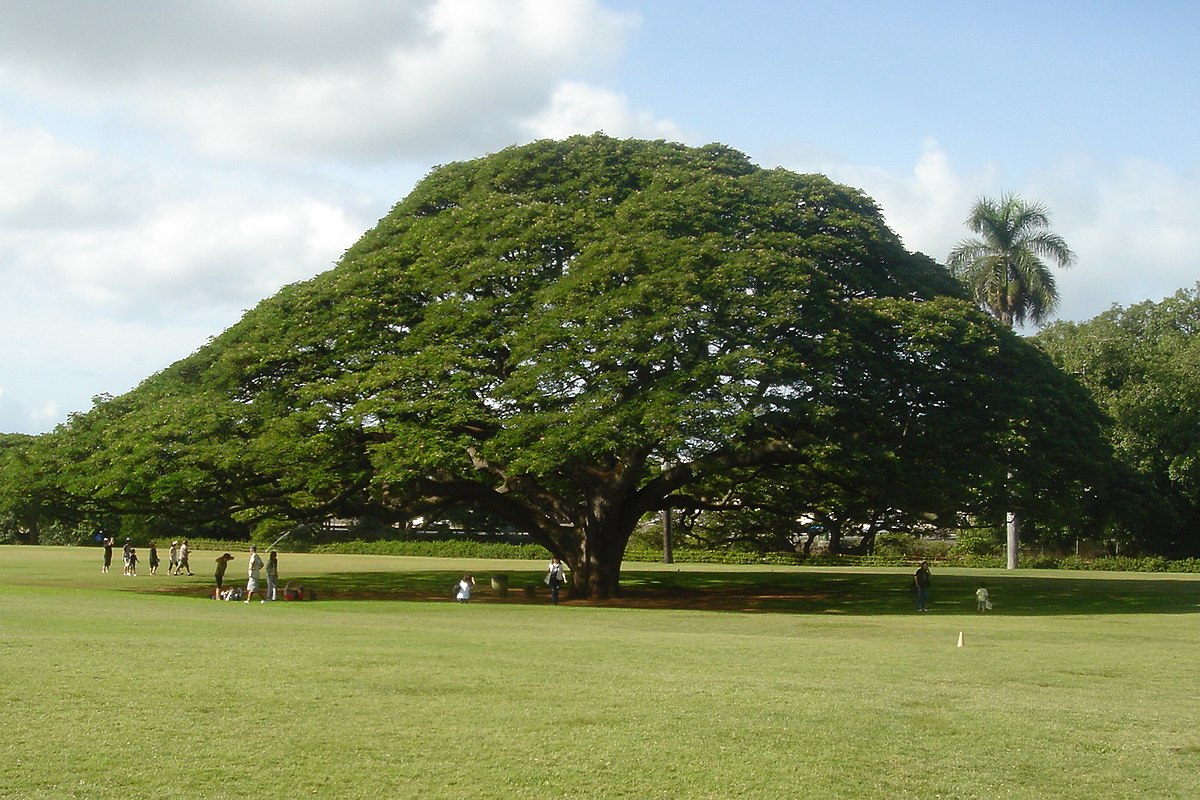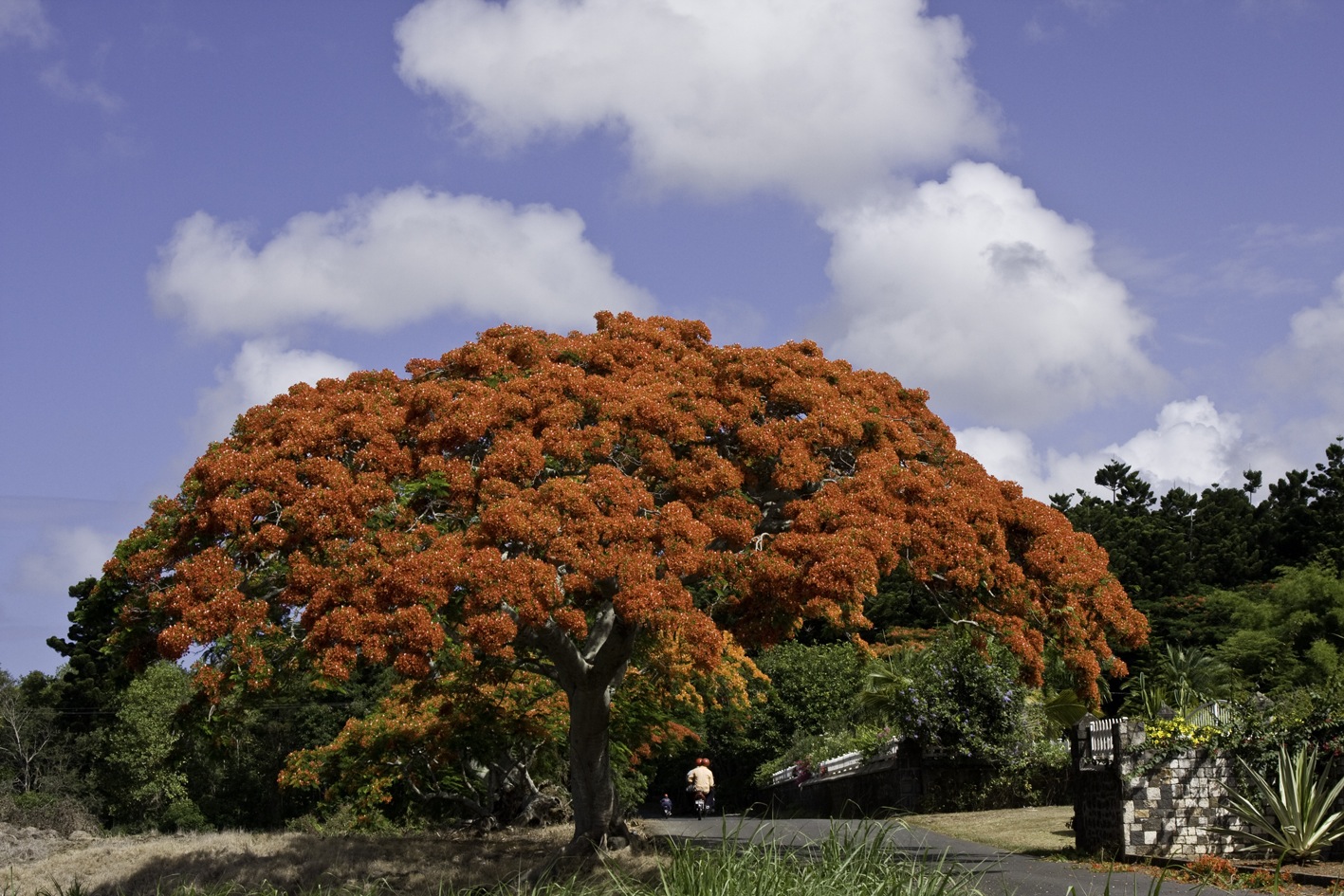“Let the heavens rejoice, let the earth be glad; let the sea resound, and all that is in it. Let the fields be jubilant, and everything in them; let all the trees of the forest sing for joy.”
Psalm 96:11-12 (NIV)
“If you reject the food, ignore the customs, fear the religion and avoid the people, you might better stay at home.”
James Michener
“Adventurers explore. Tourists experience.”
Author
Discover the purpose of your work and your corporation
What is your purpose in work?
- Your investment will provide new job opportunities in the experiential tourism industry.
- You will be a pioneer in shaping the narrative of experiential themes for Borneo through your invaluable support.
What drives your corporation’s core value?
- Capture the new opportunity to invest in the Borneo frontier.
- Expand your company’s portfolio in the Asia Pacific region.
Giant Elephant Ear Plant in Borneo’s rainforest.
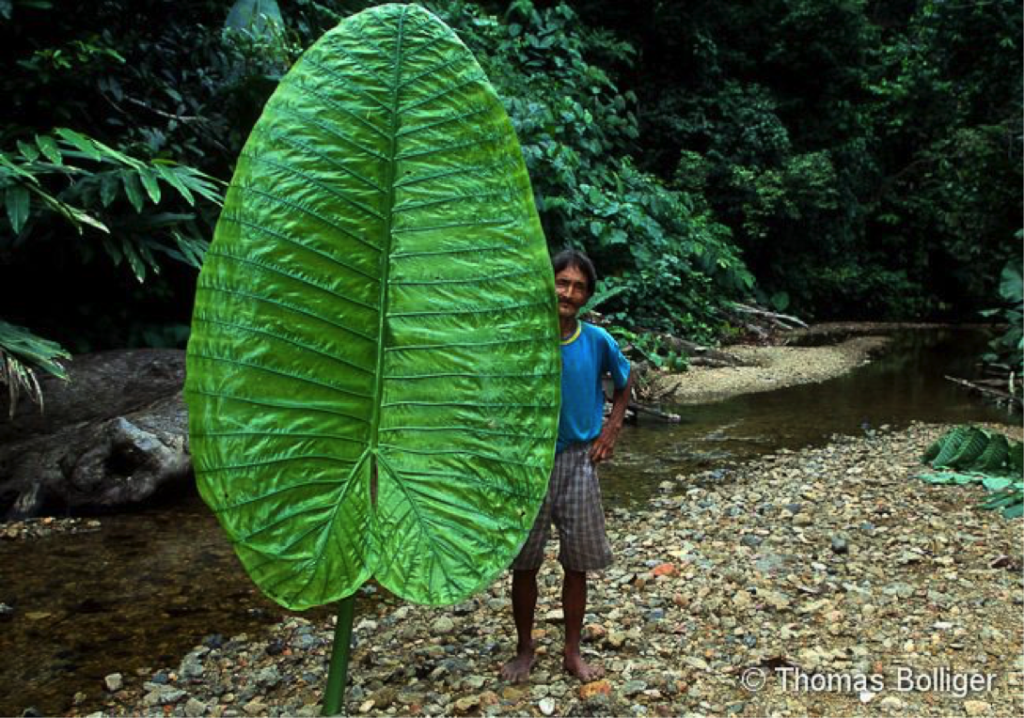
1.0 Executive Summary
Mission
- Establish an experiential tourism entity with strategic alignments with key stakeholders.
- Stage 1: Plan, develop, finance, and operate 21 nature tourism projects in Borneo.
Key Management Team:
- Mentors: Visionary pioneers and industry leaders providing invaluable guidance.
- Coaches: Mission-oriented industry experts ensuring focus on objectives.
- Partners: Collaborate with a project leadership group, government agencies, investment managers, international operators, and local tour operators.
Product Benefits:
- Unique: Invest in experiential tourism destinations with distinctive features.
- Demand: Identify and capture opportunities in the planning stage.
- Exclusive: Hold exclusive development and management rights.
Target Market:
- Customers: North Asia, Indochina, Russia, India, Middle East, Indonesia, Malaysia, Brunei, Oceania, Europe, and USA.
Financial Projections:
- Investment: US$89.6 million (Start-up).
- Cost: US$1.0682 billion/year.
- Revenue: US$1.7992 billion/year.
- Income: US$0.731 billion/year.
- Payback: 2 years.

Unique Business Model:
- Team: Joint partnership with established experiential operators.
- Target: Strategic alliance with target market segments to secure anchor tourists.
- Integrate: Offer comprehensive services and products by integrating with other tourist attractions.
- Product: Provide unique product differentiation in experiential tourism attractions on Borneo Island.
2.0 Mission
2.1 Problem:
- Strategy: Borneo Island lacks a cohesive experiential tourism strategy connecting tourists to its history, people, food, and culture.
- Expertise: Borneo lacks foreign investment and international expertise in experiential tourism.
2.2 Solution:
- Invest: Identify and seize opportunities to invest in and develop experiential tourism programs in target locations.
- Branding: Market and brand experiential tourism attractions to the international tourism market.
2.3 Mission:
- Entity: Establish an experiential tourism entity and form strategic alliances with target customers, government tourism boards, international operators, tourism infrastructure groups, experiential tourism developers, and financial institutions.
- Stage 1: Plan, develop, finance, and operate 8 experiential tourism projects in Borneo Island to achieve business and financial goals.
3.0 Product
3.1 Product Description:
- Cultural: Three cultural tourism projects connecting tourists with Borneo Island’s diverse culture and heritage sites.
- Culinary: Three culinary tourism projects exposing tourists to exotic tropical produce, local cuisine, and niche international food.
- Horticulture: Two horticulture tourism projects providing a unique experience for tourists to visit tropical flora and fruit orchards.
- Stage 1: Seven years
3.2 Product Attributes:
- Unique: Each project defines a unique culture, a special place, and a distinctive experience that tourists desire to discover, participate in, and enjoy.
- Sense: Experiential tourism projects offer differentiation through social interaction, expeditions, adventurous activities, and satisfaction for tourists.
- Exchange: These projects provide platforms to connect local communities and foreign tourists, fostering active cultural exchange.
1. Cultural Tourism Projects
Cultural and heritage tourism projects in Borneo involve visiting historical sites that connect an appreciation of the past, family roots, colonial heritage, and deep cultural experience.
Sandakan Heritage Trail:
- Sandakan Jamek Mosque: A 100-year-old mosque founded by a Muslim merchant from British Raj.
- William Pryer Monument: Commemorates the British founder of Sandakan who defeated pirates at the bay.
- Japanese Cemetery: Established by Madam Kinoshita Kuni for Japanese comfort slaves. Inspired the movie “Sandakan No.8.”
- Agnes Keith House: Home of the American author Agnes Keith, whose book “Three Came Home” became a movie.
- English Tea House and Garden: An English colonial mansion with manicured lawns, croquet pitch, and traditional British fare.
- St. Michael and All Angels Church: Oldest stone church in Sabah, featuring colored stained glass donated by Australia to commemorate WW2.
- Sandakan Heritage Museum: Former British administration building turned museum.
- Sandakan Memorial Park: Commemorates Sandakan’s ties to the allied forces of WW2, with a POW route stretching from Sandakan to Ranau. A site visited by veterans and descendants from Australia, New Zealand, and England on ANZAC day.
Sandakan Heritage Trail
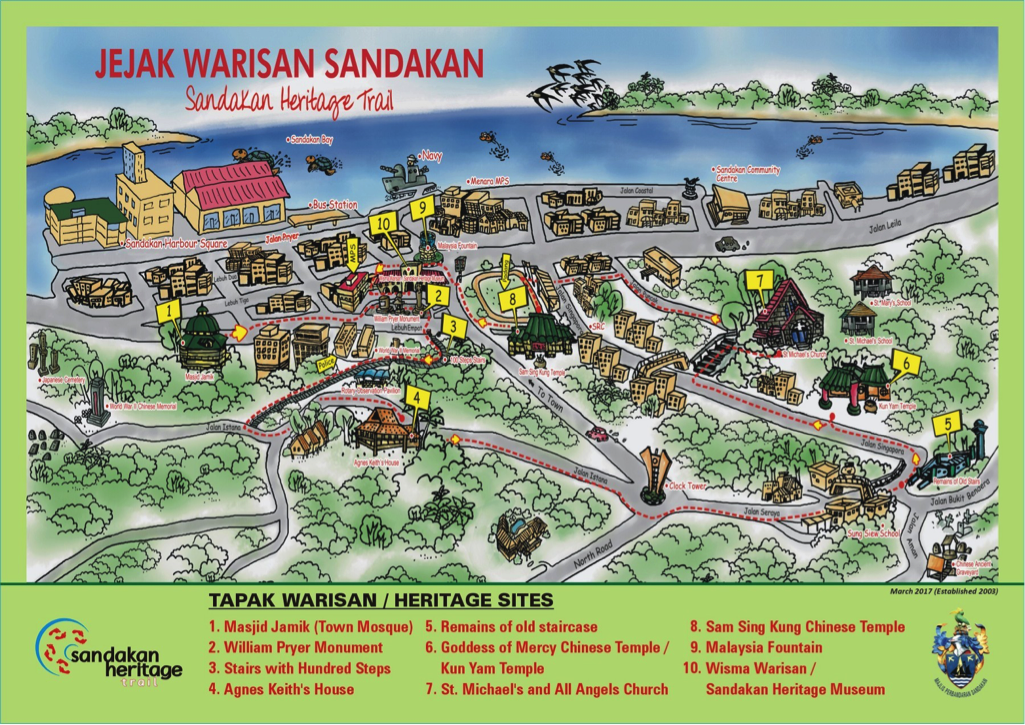
Old Kuching Cultural and Heritage Trail
- Square Tower (1879): Once a fort, jailhouse, and office, now transformed into a charming restaurant.
- Astana (1870): A bridal gift from Charles Brooke to his wife Margaret, designed in the style of an English manor house.
- Masjid Bandar Kuching (1878): The oldest mosque in Sarawak, showcasing exquisite architecture.
- Old Fire Station (1917): Housed a coal-powered fire engine from the UK.
- Islamic Heritage Museum: Formerly James Brooke Malay College, preserving Islamic heritage.
- Gurdwara Sahib Sikh Temple (1912): Built for the Sikh community, replaced by a golden-domed temple in 1982.
- Old Government Printing Office (1908): Later transformed into Kuching Municipal Council in 1951.
- Central Police Station (1931): Completed with ornate Corinthian columns and semi-circular arches.
- General Post Office (1931): Features Corinthian columns and ornamental details.
- Medical Headquarters and Hospital (1909): Pavilion Building follows New Orleans Creole townhouse style.
- Round Tower (1886): Originally for military purposes, later transformed into the Public Dispensary.
- Old Court House (1871): The seat of Sarawak’s government with Roman courthouse layout and Clock Tower attraction.
- Rajah Charles Brooke Memorial: Commemorates the second Rajah, Sir Charles Brooke.
- Fort Margherita (1879): Built to protect Kuching from pirates’ attacks, named after Ranee Margaret.
- Chinese History Museum: Former Chinese Courthouse converted in 1993.
- Tua Pek Kong Temple (Since 1770): A historic site with deep cultural roots.
- Sarawak Steamship Headquarters (1930): Office of the pioneering Sarawak Steamship Company.
- St. Thomas’ Anglican Cathedral (1956): Original neo-gothic wooden cathedral built in 1857 by Bishop Frank McDougal.
- Sarawak Museum Old Building (1891): Showcases Queen Anne style and indigenous arts and crafts.
- Main Bazaar (Since 1864): Oldest street with Chinese shophouse architecture and colonial buildings.
- India Street: Formerly Kling Street, part of Kuching’s Old Bazaar.
- Carpenter Street: Entrance to Chinatown, formerly known as Attap Street.
- Pandungan Street (18th Century): Enriched with history and vibrant with cafes, workshops, and traditional cuisine.
Borneo Island Cultural Festivals
- Borneo Cultural Festival (Sibu, Sarawak):
- Event: Annual celebration featuring Sarawak’s ethnic communities with multicultural dance, traditional music, and local cuisine.
- 2019 Attendance: Welcomed 600,000 visitors.
- Rainforest Music Festival (Kuching):
- Duration: Three days of global musical enchantment.
- Highlights: Musicians from around the world showcase their traditional instruments.
- Miri Jazz Festival:
- Duration: Two nights of world-class jazz performances.
- Artists: Renowned jazz musicians from every continent take the stage.
- Borneo International Kite Festival (Bintulu, Sarawak):
- Purpose: A platform for kite enthusiasts to showcase their skills and creative designs.
- Gawai Dayak:
- Significance: Iban culture’s paramount event celebrating the harvest.
- Kaamatan Harvest Festival (Kota Kinabalu):
- Duration: A three-day extravaganza heralding the indigenous Kadazan-Dusun harvest festival.
- Attractions: Traditional culture, food, music, and a captivating beauty contest.
- Erau Festival (Tenggarong, East Kalimantan):
- Nature: A spectacular cultural event unveiling the Kutai Kingdom’s ceremonial and colorful traditions.
- Participants: Joyful engagement of the Dayak Tribes adds to the festival’s grandeur.
- Isen Mulang Cultural Festival (Palangkaraya):
- Duration: A week-long celebration embracing the cultural diversity of Central Kalimantan.
- Activities: Cultural events, carnivals, and product expos create a dynamic showcase.
2. Culinary Tourism Projects
Culinary tourism offers the exploration of the unique and memorable food tasting experience. Tourists take every opportunity to try the local cuisines, making it a whole day expedition.
Culinary Tourism Destinations
- Culinary Delights in Kota Kinabalu, Sabah:
- Seafood Paradise:
- Fresh seafood abounds, sourced from the bountiful East Coast region.
- Varied options include fish, shellfish, crustaceans, mollusks, echinoderms, and medusozoa.
- A melting pot of Malay, Chinese, Indian, Western, and local culinary influences.
- Malay Culinary Treasures:
- Satay (Barbecued meat over charcoal, beef or chicken).
- Soto, Laksa, Curry, Fried fish, Barbecue fish with belacan shrimp paste.
- Roti Kahwin (Toast with butter and jam), Asi Kacang (Dessert with beans, jelly, sweet syrup, condensed milk, and Gula Malacca), Nasi Kunning.
- Chinese Gastronomic Offerings:
- Hakka dishes take center stage, a nod to the largest migrant group from China.
- Wong Jiu Gai (Yellow wine chicken), Wu Tiu Kiu Nyuk (Yam with braised pork).
- Pai Kut Teh (Pork ribs in Chinese herbal soup), and an array of Chinese seafood delights.
- Indian Flavours:
- Southern Indian-inspired dishes including Curry, Naan, Fish head over banana leaf.
- Unleavened bread freshly cooked in the oven, Tandoori, Teh Tarik (Sweetened milk tea with froth, akin to cappuccino), Roti Copra, Biryani Chicken.
- Local Specialties:
- Kon Lau Mee (Noodles with spices), Tuaran Mee, and Tamparuli Mee (Fried noodles with veggies and meat).
- Bao (Buns with various ingredients served in Hainan Café), Ngau Chap (Stewed buffalo meat with noodles).
- Sang Nyuk Mein (Fresh pork with veggies and noodles), Toast with frozen butter and kaya (Coconut jam), Hainan Kopi with condensed milk.
- Culinary Hub Project:
- Stage 1 introduces a central place where tourists can savour popular local dishes under one roof.
- Joint ventures with 300 branded restaurants from the international food industry enhance the project.
- Hub for Culinary Tourists:
- The culinary projects in Borneo position themselves as the central hub for culinary tourists in the Asia Pacific region.
- Kuching, Sarawak
- Iban Delicacies:
- Manok Pansuh (Chicken cooked in bamboo), Satay, Curry, Sarawak Layer Cake (Kek Lapis), Sambal Stingray.
- Roti Canai, Nasi Campur, Sayur Midin Belacan (Jungle fern in shrimp paste), Nasi Aruk (Fried rice).
- Chinese Culinary Offerings:
- Kolo Mee (Noodle with meat), Sarawak Laksa, Kueh Chap (Rice noodles with pork offal), Kacangma (Rice wine chicken).
- Culinary Project:
- Adopts the successful franchise model established in Kota Kinabalu.
- Bandar Seri Begawan, Brunei:
- Village Dining Extravaganza:
- Brunei Water Village provides an enchanting outdoor dining experience.
- Concept involves fresh produce supplied and cooked by the 30,000 local Water Village residents.
- Culinary Theme:
- Brunei’s firm support of Islamic culture sets the stage for developing the theme of international Islamic cuisines in a unique water village setting.
- Targeted Culinary Investments:
- Introduce 100 culinary investments from diverse regions, including:
- Arab: Reflecting old traditions and a history of spice and herb trades.
- Medieval: Offering cuisines from the Islamic world’s medieval era, inspired by Baghdad, Persian, Greco-Roman, Mediterranean, and Turkish cooking.
- Regional Arab: Encompassing Arabia Peninsula, Bedouin, Levant, Egypt, and Africa.
- SE Asia: Featuring South-East Asian cuisine, including Malaysia, Indonesia, and Brunei’s local delights.
- Fusion: Showcasing unique Muslim fusion food blended with local cultures, spanning Europe, Central Asia, and China.
- Introduce 100 culinary investments from diverse regions, including:
- Diverse Culinary Culture:
- International travellers will savour the most diverse Islamic culinary culture, participate in cooking classes, and indulge in the best of Brunei’s culinary delights.
- Kalimantan Culinary Exploration:
Kalimantan, with its five provinces, unveils a treasure trove of culinary delights, each boasting its own unique specialties. As mass tourists embark on a discovery journey through these provinces, food tourism developers can seize the opportunities to launch captivating culinary themes. Here’s a glimpse of the rich and flavourful offerings waiting to enthrall tourists at the right time:
- West Kalimantan:
- Soto Betawi: A hearty beef soup enriched with coconut milk, tomatoes, and aromatic spices.
- Mie Kering: Crispy fried noodles featuring a tantalizing blend of flavors.
- Central Kalimantan:
- Nasi Goreng Tumbuk: Mashed fried rice infused with savory spices.
- Bebek Panggang: Roasted duck prepared with a delightful assortment of herbs and spices.
- South Kalimantan:
- Soto Banjar: A traditional soup featuring rice vermicelli, shredded chicken, and a fragrant broth.
- Amut: Sweet porridge made from glutinous rice, coconut milk, and palm sugar.
- East Kalimantan:
- Patin Bakar: Grilled catfish seasoned to perfection.
- Nasi Krawu: Fragrant rice served with a variety of side dishes, creating a symphony of flavors.
- North Kalimantan:
- Ayam Penyet: Fried chicken smashed and served with fiery chilli paste.
- Lempeng: Grilled rice cakes that offer a delightful crunch.
As tourists traverse Kalimantan’s provinces, they’ll embark on a culinary journey that captures the essence of each region’s unique flavours and cultural heritage. Food tourism developers have the exciting task of curating experiences that showcase these gastronomic wonders, making Kalimantan a haven for culinary adventurers.
3. Horticulture Tourism: Tropical Fruit Farm Exploration
When tourists delve into horticulture plantations, they embark on a multifaceted journey filled with fruit harvests, educational exhibitions, joy rides, outdoor and indoor activities, animal feeding, shopping, dining, and engaging in horticulture programs. Let’s explore this vibrant domain with a case study and a glimpse into the tropical fruits that captivate Asian tourists:
Case Study 1: The Big Banana Fun Park in Coffs Harbour
- Success Story: The Big Banana Fun Park in Coffs Harbour, Australia, stands as a testament to the success of horticulture tourism for families.
- Features: Visitors enjoy a range of activities, from educational exhibitions to joy rides, creating a delightful experience for families.
Big Banana Coffs Harbour Australia Big Banana Fun Park Australia
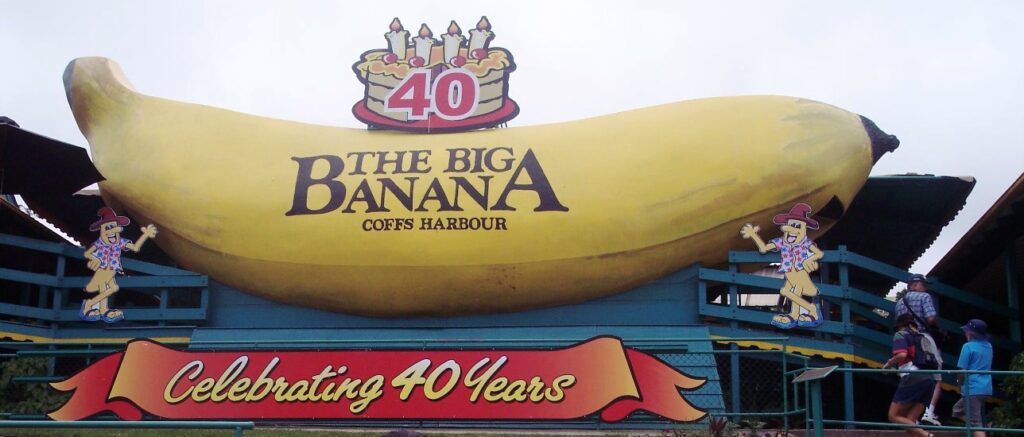

Tourists love to harvest fresh tropical fruits from the orchard and experience the natural taste. The lively fruit orchard provides a fantastic opportunity for the tourist and added value to the plantation operators for the additional income.
Tropical fruit farm tour
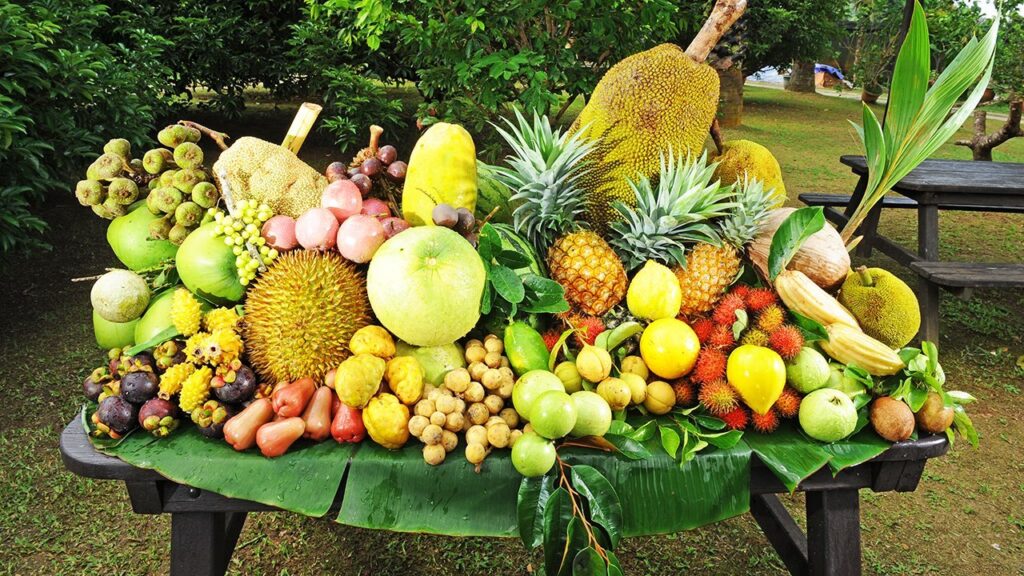
1. Tropical Fruits That Enchant Asian Tourists:
- Durian (King of Fruit):
- Known for its strong smell and sweet-bitter taste, it’s a delicacy that becomes addictive.
- Varieties like Musang King Durian attract food enthusiasts from mainland China and North Asia.
- Mangosteen (Queen of Fruit):
- Praised for its sweet, tangy, juicy, and tender flesh.
- Queen Victoria once offered a substantial reward for this prized fruit.
- Longan (Mata Kuching):
- A special variety found in Borneo’s forests with translucent, white, and sweet flesh.
- Tarap Fruit:
- Unique to Borneo, it’s a close relative of jackfruit, offering soft, sweet, and creamy goodness.
- Langsat Fruit:
- Small and elliptical with clear, sweet flesh and a tangy sour aftertaste.
- Rambutan Fruit:
- Recognizable by its unique hairy shell, the flesh is sweet and juicy, akin to grapes.
- Rambai Fruit:
- Similar to Langsat, it features translucent flesh with a sweet taste.
- Kapul Fruit:
- With four seeds, its white or yellow flesh has a taste reminiscent of mangosteen.
- Coconut:
- Beyond its juice, young coconut offers tender, translucent, and creamy flesh.
- Papaya Fruit:
- Spherical like a small football, its orange to red flesh is sweet, soft, and custard-like.
- Mango Varieties Indigenous to Borneo:
- Bambangan, with a durian-like smell and cheesy taste.
- Kastooree or Kalimantan Mango, with dark orange, fragrant sweet flesh.
- Banana Varieties in Borneo:
- Beccari Banana, Swamp Banana, Mountain Banana, Borneo Banana, and various others.
- Pineapple:
- A thirst-quenching tropical fruit with yellow to orange flesh, offering sweetness with a touch of sourness.
Penang Tropical Fruit Farm
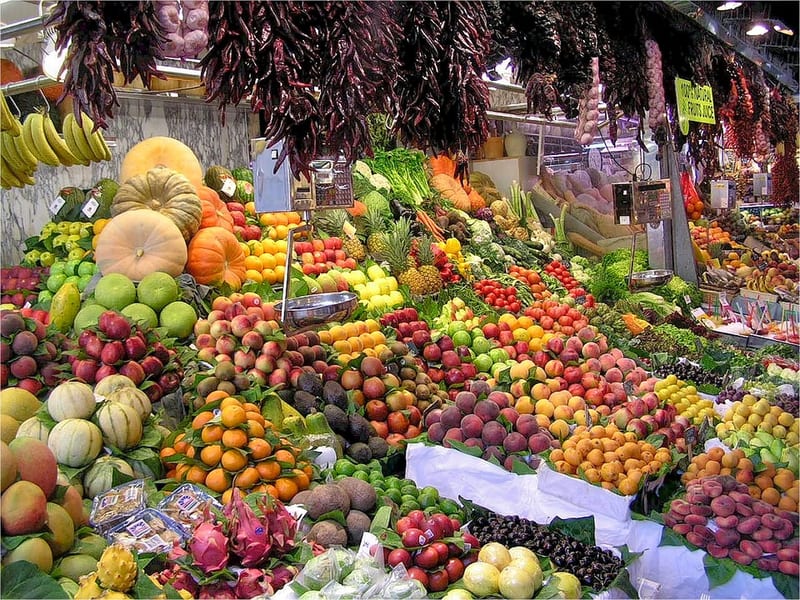
2. Tropical Flora Garden: A Symphony of Colours and Sensory Delights
Step into the enchanting realm of a tropical flora garden, where vibrant colours dance, challenging your senses and bestowing a profound sense of exhilaration and the magnificence of creation. Let’s explore the key attractions that weave a tapestry of natural beauty in Borneo’s tropical garden:
Foliage Extravaganza:
- Banana Plants: Graceful and verdant, banana plants contribute to the lush tapestry of the garden.
- Alocasia Macrorrhizos (Giant Elephant Ear Plant): Towering and majestic, these plants add a touch of grandeur.
- Palm Trees: Tall and regal, palm trees stand as silent sentinels, casting dappled shadows.
- Rain Trees: With sprawling canopies, rain trees provide a verdant retreat and shelter.
Floral Kaleidoscope:
- Bird of Paradise: Flamboyant and exotic, these blooms mirror the splendour of their namesake.
- Flame of the Forest: A burst of fiery hues, evoking the warmth of tropical sunsets.
- Bougainvillaea: Cascading in vibrant clusters, these flowers add a riot of colour.
- Rafflesia Keithii: A rare and colossal flower, captivating with its sheer size and intricate beauty.
- Orchids: Over 3,000 species of orchids grace the garden, each a delicate masterpiece.
- Pagoda Flowers: Elegant and intricate, these blooms resemble architectural marvels.
- Carnivorous Pitcher Plants: A nod to the extraordinary, these plants intrigue with their unique and otherworldly appearance, reminiscent of “The Days of the Triffids.”
Butterfly Wonderland:
- Borneo boasts about 1,000 species of butterflies, and the Kipandi Butterfly Park in Tambunan is a haven for butterfly enthusiasts.
- Over 100 species of butterflies flutter gracefully, showcasing nature’s delicate artistry.
- The famous Raja Brooke’s Birdwing takes flight, named after James Brooke, the Rajah of Sarawak, by the eminent naturalist Alfred Russel Wallace in 1855.
Hornbill Haven:
- The signature bird of Borneo is the hornbill, with eight distinct species gracing the skies.
- These majestic birds, with their distinctive bills and plumage, add a symphony of calls to the garden’s ambiance.
Case Study 1: Masterpieces of Horticulture Across the Globe
Embark on a journey through some of the world’s most renowned gardens, each a testament to the artistry of horticulture and the celebration of nature’s wonders:
- Keukenhof, Lisse, Netherlands:
- Specialty: Spectacular tulip displays that paint the landscape with a kaleidoscope of colours.
- Notable Feature: A living canvas of millions of tulips, making it a floral paradise.
- Royal Botanic Gardens, Kew, United Kingdom:
- Recognition: UNESCO World Heritage site, acknowledging its cultural and historical significance.
- Excellence: Home to a vast collection of plants and a beacon of botanical research and conservation.
- Brooklyn Botanic Garden, New York, USA:
- Popularity: Welcomes over 900,000 visitors annually, a testament to its appeal.
- Diversity: Showcases a diverse array of plants and landscapes, creating an urban oasis.
- Summer Palace, Beijing, China:
- UNESCO Heritage Site: Acknowledged by UNESCO as a World Heritage Site.
- Royal Splendour: Blending classical Chinese garden design with imperial architecture, a symbol of opulence.
- Jardim Botânico, Rio de Janeiro, Brazil:
- Biosphere Reserve: Recognized by UNESCO as a biosphere reserve.
- Tropical Richness: Abounds with lush tropical flora, providing a haven for biodiversity.
- Kirstenbosch National Botanical Garden, Cape Town, South Africa:
- UNESCO Honour: Listed as a UNESCO World Heritage Site.
- Botanical Riches: Showcases the unique flora of the Cape Floristic Region, a global biodiversity hotspot.
- Singapore Botanic Garden, Singapore:
- UNESCO Distinction: The only tropical garden listed as a UNESCO World Heritage Site.
- Historic Significance: A blend of heritage, research, and beauty, encapsulating the tropical botanical wealth.
Keukenhof Netherlands Singapore Botanical Garden
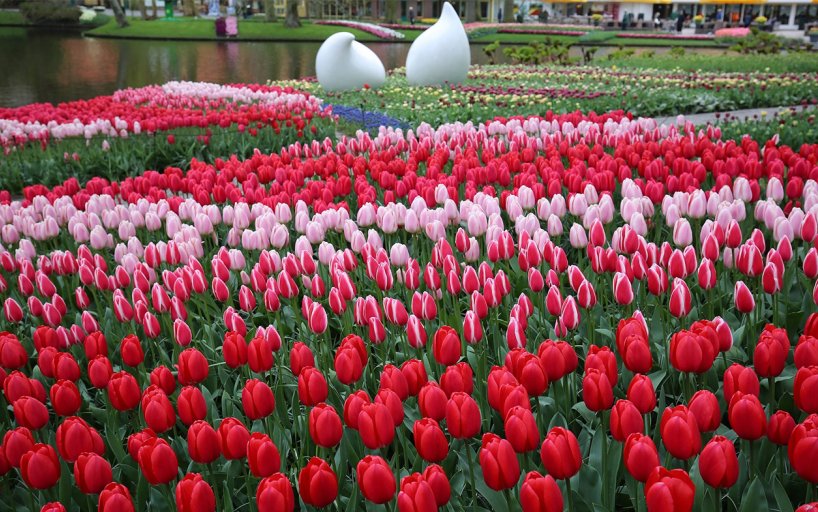
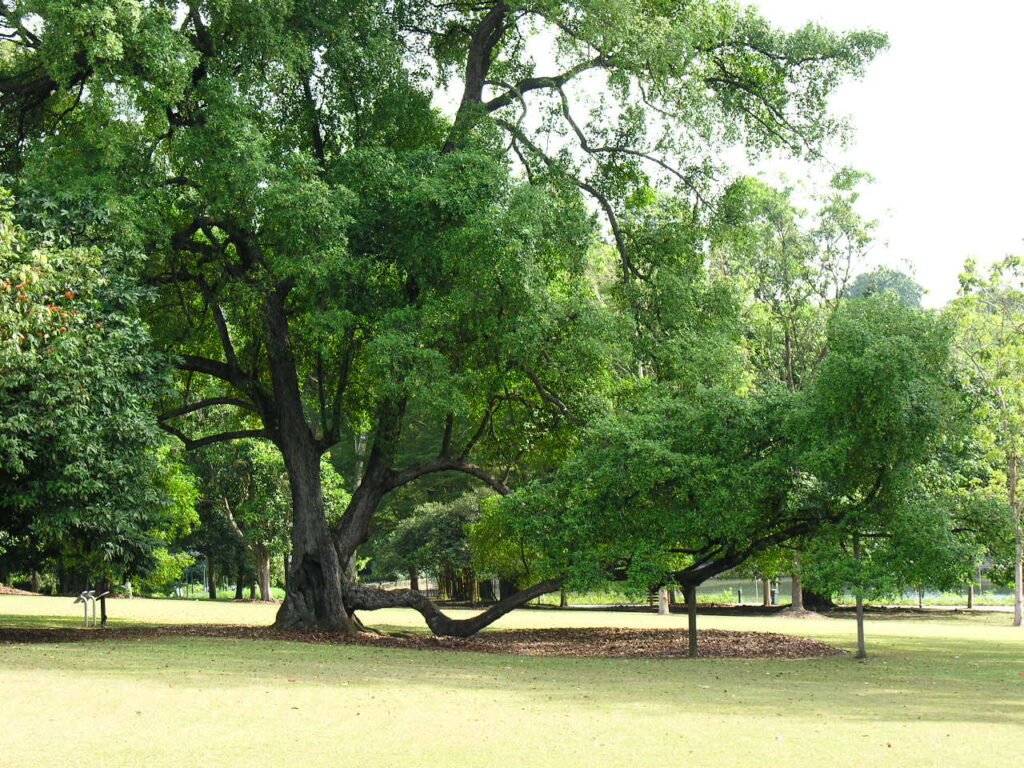
3.3 Product Benefits: A Tapestry of Experiences
- Culture:
- Connection to Heritage: Cultural tourism projects in Kota Kinabalu and Kuching weave a tapestry that connects tourists with the rich heritage and diverse culture of Borneo.
- Immersive Experiences: Offering immersive experiences, these projects provide a journey into the past, fostering a deep appreciation for the cultural roots of the region.
- Culinary:
- Exquisite Tastes: Culinary tourism projects tantalize the taste buds with a fusion of international cuisine and traditional local flavours.
- Unique Culinary Heritage: Presenting a culinary journey unique to the local culture, these projects offer a gastronomic exploration that is both distinctive and memorable.
- Tropical:
- Sensory Delight: Horticulture tourism projects unfold a sensory delight, allowing tourists to explore tropical flora gardens, savour exotic fruits, and immerse themselves in the sights and scents of the tropics.
- Unique Experiences: From fruit harvesting to vibrant floral displays, these projects provide a unique blend of education and enjoyment, leaving visitors with unforgettable memories.
- Nearby:
- Convenient Proximity: Situated in Kota Kinabalu and Kuching, the experiential tourism projects offer convenient proximity, enabling tourists to seamlessly explore the cultural, culinary, and horticultural wonders of Borneo.
- Investors:
- Market Focus: Investors benefit from the identification and capture of opportunities catering to the target mass market.
- Exclusive Themes: Exclusive culinary and horticulture projects contribute to higher profit margins and revenue generation, appealing to investors seeking unique and lucrative tourism themes.
- Guaranteed Income: Engaging target tourists during the planning stage ensures a steady income from anchor customers, fostering investor confidence.
- Tourists:
- Extended Engagement: Cultural and heritage tourism projects encourage tourists to stay longer, fostering deeper engagement and exploration.
- Increased Spending: Visitors immersed in cultural experiences tend to spend more money at their destinations, enhancing the economic impact on local communities.
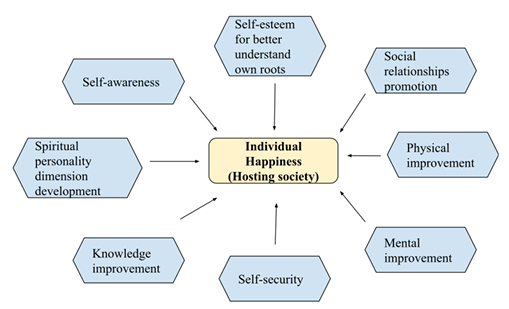
3.4 Product Competitive Advantages: Setting Borneo Apart
- Distinctive Appeal:
- Cultural Richness: Borneo’s unique cultural blend creates an authentic and captivating experience.
- Gastronomic Fusion: A culinary journey blending international and local flavors for a unique taste sensation.
- Tropical Wonders: Horticulture tourism unveils Borneo’s exotic floral and fruit treasures.
- Integrated Excellence:
- Collaborative Synergy: Vertical and horizontal integration ensures seamless collaboration for an exceptional visitor experience.
- Operational Efficiency: Integration enhances productivity and contributes to sustained profitability.
- Strategic Location:
- Accessible Hub: Borneo’s strategic location allows a 3-5 hour flight to major Asia Pacific destinations.
- Connectivity: Well-linked with regular flights to major Asian cities, making it a convenient hub for cultural, culinary, and horticulture tourism.
4.0 Market
4.1 Market Segmentation:
- Cultural Tourism:
- European Appeal: Attraction for European tourists with historical ties to the colonial past in Sarawak, Brunei, and North Borneo under British administration.
- Niche Dutch Market: Specific interest in Dutch Borneo’s history creates a niche market in the Netherlands.
- WW2 Connection: The Borneo campaign in WW2 led by General Douglas MacArthur appeals to historical interest.
- ANZAC Legacy: Strong ties with Australian and New Zealand tourists due to historical involvement, commemorated on ANZAC Day.
- Asian Appeal: Heritage trails attract tourists from Mainland China, Japan, Hong Kong, and Singapore due to shared colonial heritage and migration programs.
- Culinary Tourism:
- North Asian Delight: Attracts North Asian tourists with:
- Extensive fresh seafood options.
- Diverse Malay, Chinese, and Indian cooking styles.
- Familiar local cuisines, including rice, noodles, buns, and bread.
- Affordability Bonus: Affordable prices due to favourable currency exchange rates and lower living costs.
- Diverse Culinary Experience: Experiential projects offer a bonus with diverse culinary options:
- International brand cuisines.
- Islamic food.
- Exotic tropical local varieties.
- North Asian Delight: Attracts North Asian tourists with:
- Horticulture Tourism:
- Urban Tourist Attraction: Appeals to urban tourists seeking farm life experiences, crop picking, and outdoor fun.
- North Asian Market: Niche market for North Asian tourists interested in healthy food, connection with nature, and rustic rural environments.
- European Fascination: Exotic tropical fruits and flora attract European tourists seeking a rare tropical experience.
- Middle East Potential: Appeals to Middle East tourists for the tropical setting, exposure to international Islamic culinary experiences, and traditional local Malay dishes.
Case study: A research of the British visitors identified the tourist’s needs:
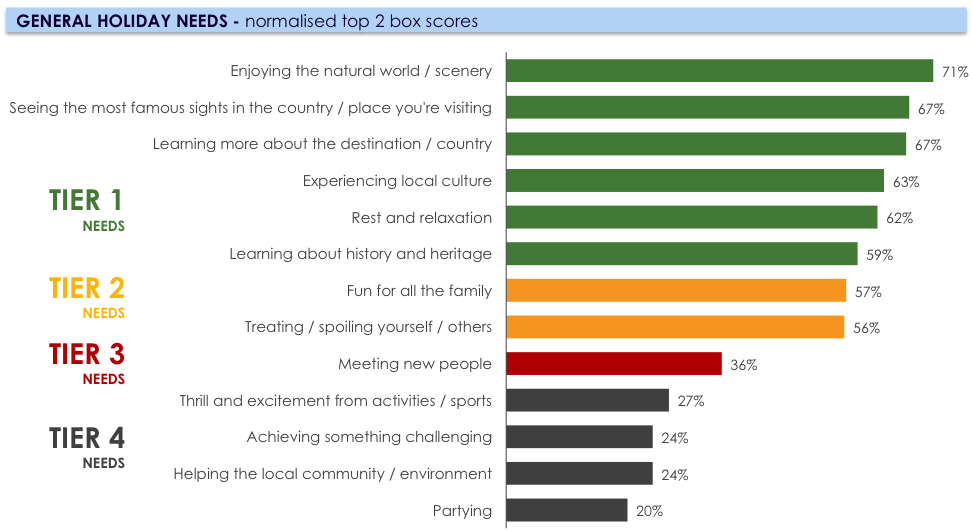
4.2 Target Market Strategy:
- Emotional Appeal:
- Focus on social interaction, cultural exploration, and providing peace and tranquility in gardens.
- Offer novel food experiences to create lasting memories for visitors.
- Financial Flexibility:
- Tailor tour packages to accommodate various needs and budgets of tourists.
- Provide flexibility in pricing to cater to different financial capacities.
- Uniqueness:
- Develop a unique product with experiential tourism as the major theme.
- Sub-themes in cultural, culinary, and horticulture features to cater to the diverse preferences of the target market.
- Social Media Marketing:
- Utilize social media platforms for effective communication.
- Showcase special features, attractions, value, and unique experiences to attract other travellers.
- Strategic Partnerships:
- Form strategic partnerships with nature tourism destinations and special event tourism to enhance overall value.
- Collaborate with other entities in the tourism industry for mutual benefits.
4.3 Market Needs:
- International Tourists in Borneo:
- 2019: 3 million
- 2027: 5 million
- 2037: 7.5 million
- 2050: Targeting 30 million visitors
4.4 Growth Drivers:
- Asia’s Growing Middle Class:
- Attract the growing middle-class population in the Asia Pacific regions.
- Economic Stimulus:
- Capital relocation in Indonesia’s new capital (Kalimantan) will stimulate tourism infrastructure, new investment, and rapid growth.
- Favourable Currency Exchange:
- Benefit from lower currency exchange rates to attract more international tourists.
- Strategic Location:
- Central location in the Asia Pacific, offering short travel times for most Asian travellers.
- Product Development:
- Continuously develop additional attractions and new features for experiential tourism destinations.
4.5 Key Customers:
- Short Term:
- North Asia, Indochina, Russia, India, Middle East, Indonesia, Malaysia, and Brunei.
- Midterm:
- Oceania, Europe, and USA.
4.6 Competitions and Industry
Key players in the global experiential tourism industry
- Active Adventures
- Discover Korea
- Exodus Travels
- Explore
- G Adventures
- Groovy Grape Tours
- Highland Experience Tour
- Intrepid
- On The Go Tours
- Nomadic Expeditions
- Nullarbor Traveller
- Peak Destination Management Company
- Rabbie’s Tour
- Ruby Range Adventure
- Tierra Del Volcan
- Trafalgar
- VietLong Travel
- Wonderful Holidays
Key travel players in the local market:
- Amazing Borneo Tours
- Avasi Borneo Tours
- Be Borneo Tour
- Blue Kinabalu
- Borneo Adventure
- Borneo Calling
- Borneo Eco Tours
- Borneo Exploration Tours & Travel
- Borneo Guide
- Borneo Hijau Persada Tour & Travel
- Borneo Nature Tours
- Borneo Tours
- Borneo Tour Specialists
- Borneo Travel Pioneers (CPH Travel)
- Borneo Wildlife Adventure
- Ecogreen Holidays
- Freme Travel
- Grace Travel
- Grafera Tours and Travel
- Kalimantan Tours (PT. Gigantara)
- Masenang Tours and Travel
- Matahari Tours
- Mega Borneo Tour Planner
- Paradesa Borneo
- Rustic Travel
- Sabah Travel
- Sandakan Hotspot Tours & Travel
- Sunshine Borneo Tours
Key players in the global top restaurants:
- Adam’s Birmingham
- Aramburu Buenos Aires
- Arpege Paris
- Asador Etxebarri Spain
- Central Lima
- Daniel New York
- David’s Kitchen Thailand
- Disfrutar Barcelona
- El Celler de Can Roca Spain
- Gaggan Bangkok
- Geranium Copenhagen
- Le Brouillarta
- Maido Lima
- Mirazur France
- Mugaritz Spain
- Noma Copenhagen
- Restaurante Benazuza
- Restaurant Epicure Paris
- Ristorante Villa Crespi Italy
- Saint-Jean-de-Luz
- The Jane Antwerp
- TRB Hutong Beijing
The competitive advantage of a strategic alliance with the top restaurants:
In 2013, El Celler de Can Roca was voted the world’s best restaurant. The restaurant received 2 million booking requests within 24 hours.
Top beautiful gardens around the world
- Butchart Gardens, Vancouver Island, British Columbia
- Brooklyn Botanic Garden, New York, USA
- Gardens of Versailles, France
- Jardin Majorelle, Marrakech, Morocco
- Kenrokuen, Kanazawa, Japan
- Keukenhof, Lisse, Netherlands
- Royal Botanic Gardens, Kew, United Kingdom
- Limahuli Garden, Hawaii
- Majorelle Garden, Morocco
- Marques de Fronteira Gardens, Lisbon, Portugal
- Nong Nooch Tropical Botanical Garden, Pattaya, Thailand
- Powerscourt Gardens, Enniskerry, County Wicklow, Ireland
- Sans Souci, Potsdam, Germany
- Summer Palace, Beijing, China
- Villa d’Este, Tivoli, Italy
5.0 Operation
5.1 Tourism stakeholders’ functions–Australia
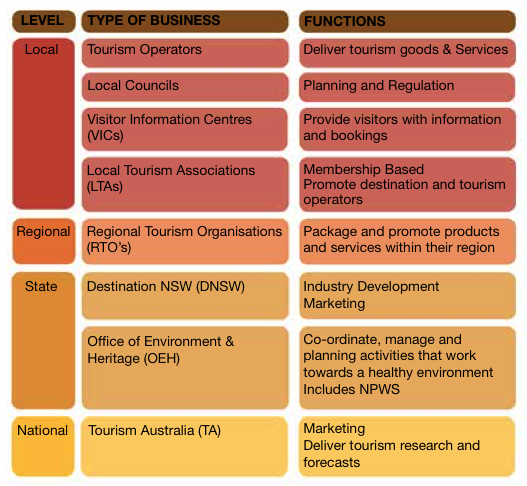
5.2 Cultural tourists – Europe
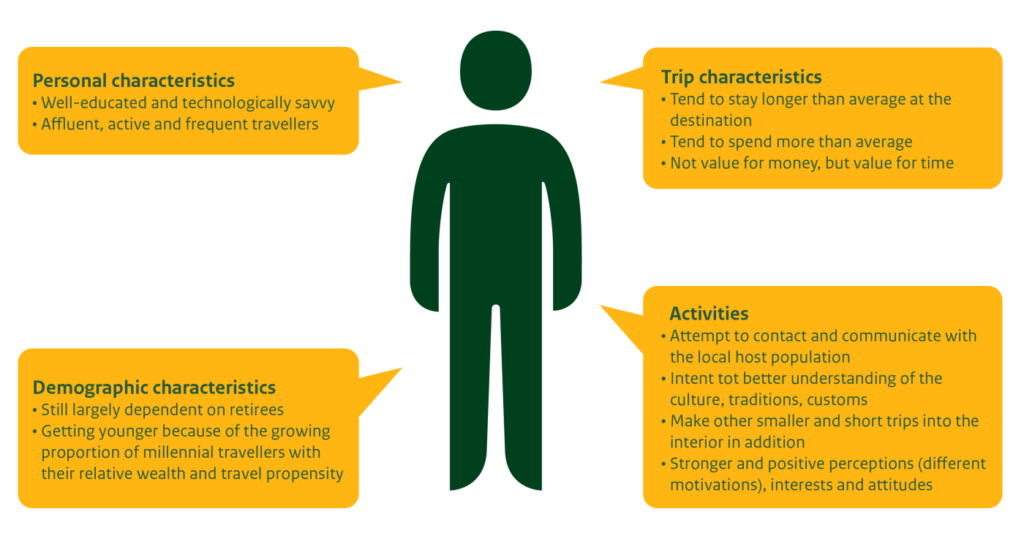
5.3 Operation stages–Cultural tourism heritage trail
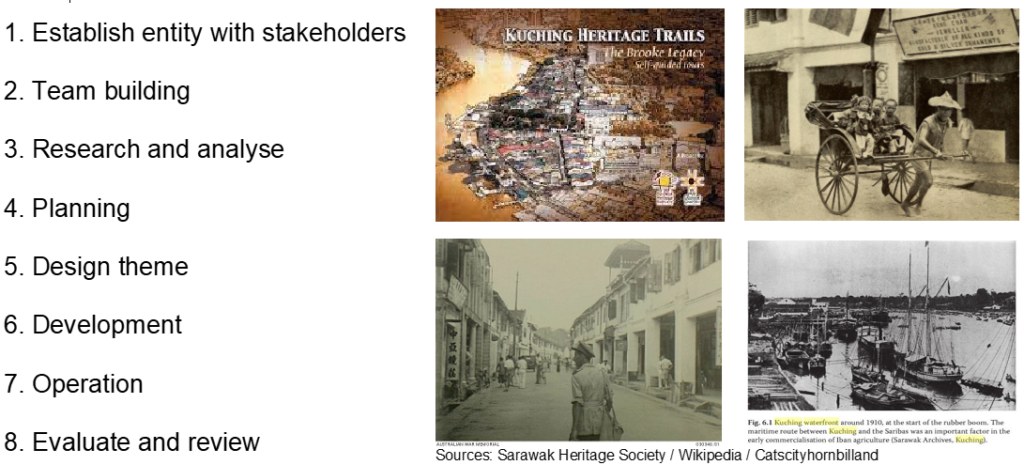
5.4 Operation stages–Culinary tourism
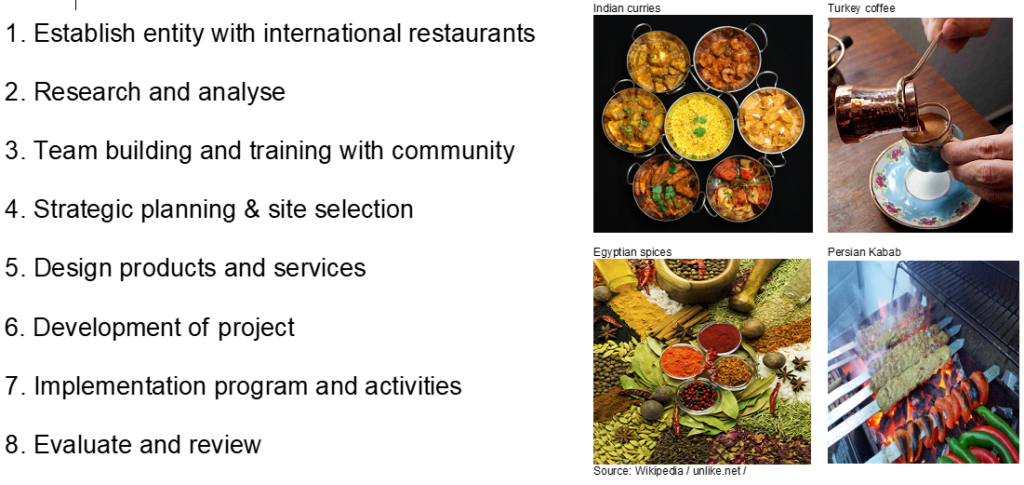
5.5 Operation stages–Horticulture tourism
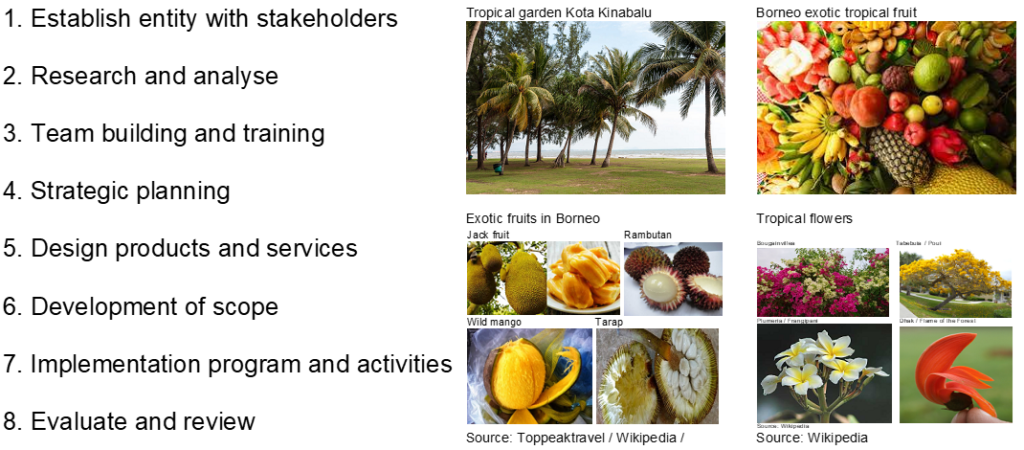
6.0 Financial Implications
6.1 Investment Segment:
- Cultural Tourism Projects: 3
- Sandakan Heritage Trail, Sabah
- Old Kuching Cultural and Heritage Trail, Sarawak
- Borneo Island Cultural Festival, Kota Kinabalu, Sabah
Investment: • Start-up: US$10 million X 3 projects = US$30 million
- Culinary Tourism Projects: 3
- Kota Kinabalu
- Kuching
- Bandar Seri Begawan
Investment: • Land: 3 hectares X US$2.0 million/hectare = US$6 million • Building: 24,000 m2 X US$500/m2 = US$12 million • Start-up = US$18 million • Total = US$18 million X 3 projects = US$54 million
- Horticulture Tourism Projects: 2
- Tropical Fruit Orchard, Kota Kinabalu
- Tropical Flora Garden, Kota Kinabalu
Investment: • Land: 200 hectares X US$20,000/hectare = US$4.0 million • Development cost: US$1,000/hectare/year X 8 years X 200 hectares = US$1.6 million • Startup for 8 years = US$5.6 million
Total Investment = US$30 million + US$54 million + US$5.6 million = US$89.6 million
6.2 Production Cost:
- Cultural Tourism Production Cost:
- US$100 million X 60% = US$60 million/year
- Culinary Tourism Production Cost:
- Food Production Cost: US$1.6 billion X 60% = US$960 million/year
- Food Centre Admin Cost: US$80 million X 60% = US$48 million/year
- Horticulture Tourism Production Cost:
- 200 Ha X US$1,000/year = US$0.2 million/year
Total Production Cost: US$60 million + US$960 million + US$48 million + US$0.2 million = US$1.0682 billion/year
6.3 Price and Revenue:
- Cultural Tourism Revenue:
- 5 million tourists X 40% X US$50/person = US$100 million/year
- Culinary Tourism Revenue:
- Food Revenue: 5 million tourists X US$2,400 X 13.3% = US$1.6 billion/year
- Food Centre Rental and Management Revenue: US$1.6 billion X 5% = US$80 million/year
- Horticulture Tourism Revenue (Durian):
- 200 Ha X 12,000 kg/Ha X US$8/kg = US$19.2 million/year
Total Revenue: US$100 million + US$1.6 billion + US$80 million + US$19.2 million = US$1.7992 billion/year
Case Studies:
Middle East Tourism Expenditure:
- Tours: 6.3%
- Food: 13.3%
- Average Expenditure: US$2,035–US$2,774 per tourist
Cultural Tourism Projects:
- Sandakan Heritage Trail:
- Current price: US$200/person including one-night accommodation
- Old Kuching Cultural and Heritage Trail:
- US$70
- Borneo Island Cultural Festivals, Kota Kinabalu:
- New project
- Current city tour US$50-70
Culinary Tourism Projects:
- Kota Kinabalu:
- Revenue from rental of food centres and investment returns of restaurants.
- Kuching:
- Investment income from rental and restaurants.
- Bandar Seri Begawan:
- Revenue based on a financial arrangement with international Muslim food restaurants.
Average Cost of Dining at Top Restaurants:
- Mirazur France: US$130 – US$250
- Noma Copenhagen: US$400
- Asador Etxebarri Spain: US$130
- Gaggan Thailand: US$211
Horticulture Tourism Projects:
- Malaysia:
- Penang Tropical Fruit Garden Tour and Tasting: US$20/person
- Penang Tropical Spice Garden Tour and Cooking Class: US$70/person
- Thailand:
- Suan Supatra Land Fruit Farm Tour: US$21/person
- Australia:
- Tropical Fruit World Tour: US$38
- The Big Banana: US$22 – US$51
- Tropical Flora Garden Malaysia:
- Kuala Lumpur Bird Park Entrance: US$16/person
- Penang Tropical Butterfly Garden: US$17/person
- Kipandi Butterfly Park: US$8/person
6.4 Financial Returns:
Cultural Tourism Projects:
- Income: US$40 million/year
- Payback Period: 2 years
Culinary Tourism:
- Food Income:
- Income: US$0.64 billion/year
- Payback Period: 2 years
- Food Centre Income:
- Income: US$32 million/year
- Payback Period: 2 years
Horticulture Tourism Projects:
- Income: US$19 million/year (Durian production)
- Payback Period: 8 years
Total Income: US$0.731 billion/year
Total income: US$40 million + US$0.64 billion + US$32 million + US$19 million = US$0.731 billion/year
2019 International Travel Group
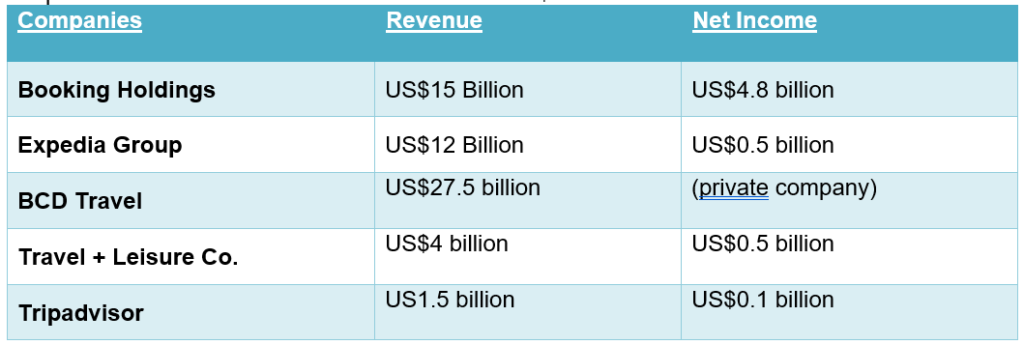
2019 International Group Top Restaurants

6.5 Source of Funding:
1. Strategic Investors:
- New Investor: Project leadership team with business and financial management focus
- Financier: Experiential tourism private equity groups
- Operator: International and local experiential tourism operator groups
- Target Market: North Asia, China, Middle East, Central Asia, and Europe MNC groups
- Hotels: Hotel groups
- Transport: Airline and ground transport groups
- Government: Experiential tourism destinations group
2. Private Equities and Investors
Experiential tourism: (Refer also to eco-tourism investors)
- 1832 Asset Management
- AllianceBernstein
- Apex Capital
- Arrowstreet Capital
- Artisan Partners
- Atticus Management
- Baillie Gifford
- Bain Capital Private Equity
- Bangarra Group
- Barrow Hanley Mewhinney & Strauss
- Berkshire Hathaway
- Beutel Goodman
- BlackRock
- Blue Ridge Capital
- BNP Paribas Asset Management
- Boston Partners Global Investors
- Cambiar Investors
- Capital Research & Management
- Citadel Advisors
- ClearBridge Investments
- Colonial First State
- Columbia Management Investment
- Corvex Management
- D1 Capital Partners
- Degroof Petercam Asset Management
- Dimensional Fund Advisors
- Discovery Capital Management
- DNCA Finance
- Dodge & Cox
- Edgepoint Investment Group
- Edgewood Management
- Edizione S.p.A.
- Eurizon SLJ Capital
- Evercore Trust Company
- FIL Investment Advisors
- General Atlantic
- Geode Capital Management
- Global Alpha Capital Management
- GuardCap Asset Management
- Hyperion Asset Management
- Invesco Advisers
- Iridian Asset Management
- JANA Partners
- Jarislowsky Fraser
- Jennison Associates
- JP Morgan Investment Management
- KKR
- Lone Pine Capital
- Longview Partners
- Loomis Sayles
- Mackenzie Financial
- Magallanes Value Investors
- Magellan Asset Management
- Managed Account Advisors
- Massachusetts Financial Services
- Meritage Group
- Morgan Stanley
- Newport Trust
- Ninety One
- Norges Bank Investment Management
- Northern Trust Investments
- OppenheimerFunds
- PAR Capital Management
- Pennant Capital Management
- Pershing Square Capital Management
- Pinnacle Investment Management
- Polar Capital
- Polen Capital Management
- Primavera Capital Group
- Principal Global Investors
- Renaissance Technologies
- Rubric Capital Management
- SCP Private Capital
- Sound Shore Management
- Southeastern Asset Management
- Stadia Capital
- Starboard Value
- State Street Global Advisors
- Sustainable Growth Advisers
- Tremblant Capital
- T. Rowe Price Associates
- Vanguard Group
- Viking Global Investors
- Voya Investment Management
- Wellington Management
- Whale Rock Capital Managemen
3. Consultants, development and funding managers to the experiential tourism industries
- BCG (Boston Consulting Group)
- Ernst & Young
- Frommer’s
- International Council on Monuments and Sites
- KPMG
- Lonely Planet
- McKinsey & Company
- PCW (PricewaterhouseCoopers)
- UNESCO (United Nations Educational, Scientific and Cultural Organization)
- UNWTO (United Nations World Tourism Organization)
- World Food Travel Association
6.6 The Big Picture
1. Growth in tourist numbers

2. Growth in tourism income
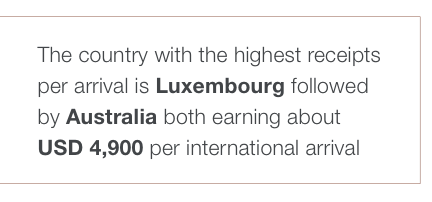
3. Capture the opportunity–trend
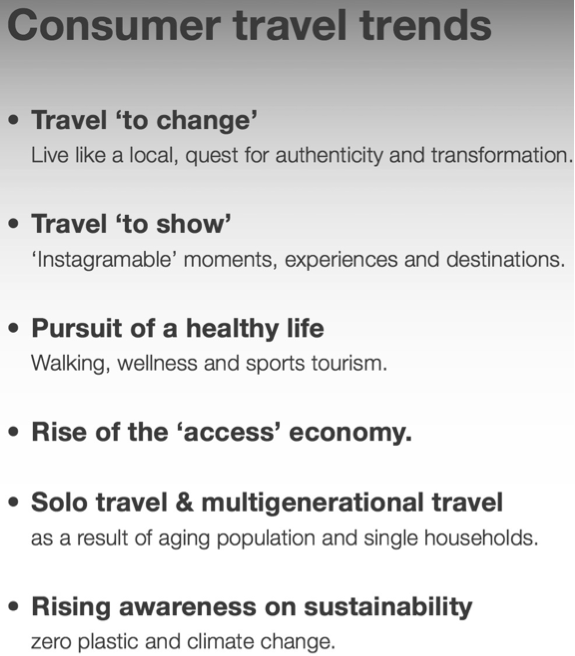
7.0 Management Team
7.1 Key Management Team:
- Mentors: Visionary pioneers and industry leaders providing invaluable guidance.
- Coaches: Mission-oriented industry experts ensuring focus on objectives.
- Partners:
- A project leadership group with successful development, operation and financial management of the experiential tourism industry.
- Accredited government agency with access to cultural and heritage sites.
- Reputable investment manager with access to sources of funding in the experiential tourism industry.
- International experiential tourism operators.
- Reputable local experiential tour operators with procurement capabilities, local network, sound financial status and solid support from the government.
- Transport groups for international and domestic travel.
- Target market customers, including MNCs.
In the experiential tourism industry, several global leaders have made significant contributions, shaping its growth and success. Here is a list of some of these remarkable individuals, honoured for their vision and dedication:
- Sir David Attenborough
- José Andrés
- Andrew Dunn
- Mauro Gambetti
- Anissa Helou
- Jean François Martins
- Laurent Salomé
- Wang Xudong
- Tony Wheeler
These are just a few of the outstanding professionals and captains of the industry. The readers are encouraged to explore further and conduct their research to learn more about the management teams in this dynamic field.
7.2 Key Management Team Model
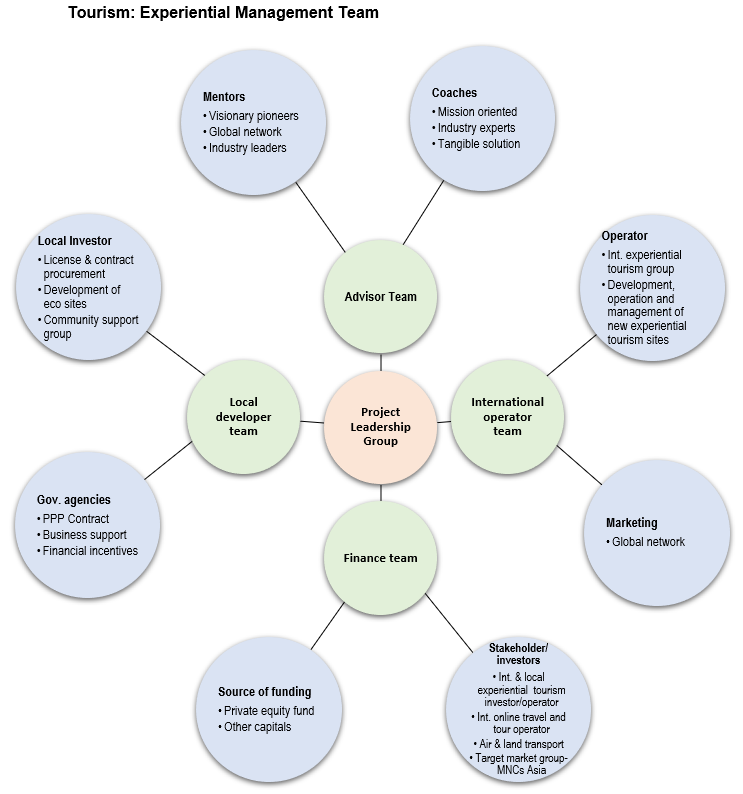
8.0 Unique Business Model
8.1 Proven Track Record
The success of nature tourism endeavours hinges on critical factors:
- Features: Incorporating both local and international experiential attractions with a proven record of attracting visitors.
- Demand: Aligning with tourism providers in other target segments to capture anchor visitors.
- Team: Involvement of international tourism investors, developers, operators, and fund managers with a successful track record in experiential tourism.
8.2 Entry Models
1. Cultural Tourism Projects: 3
- Leasing Model:
- Private investors offer development, operation, finance, and management services under a leasing contract with the government or private owners, agreeing on a leasing fee for a fixed project period. Additional attractions will be designed by investors to fuel growth.
- Profit Share Model:
- Private investors and heritage site owners reach an agreement on the development, operation, finance, and management contract based on a profit-sharing arrangement for a specified period.
- Shareholding Model:
- Establishing a new entity for the development, operation, finance, and management of attractions with shareholdings distributed among stakeholders.
- M & A Model:
- Private investors merge or acquire ownership and management of existing operators, leveraging the benefit of swift market entry with established customer bases, assets, and infrastructure in place.
2. Culinary Tourism Projects: 3
- Asset Development:
- Introduction of a new development model for a food center, available for lease by local and international culinary groups.
- Culinary Groups:
- Collaboration with international culinary groups for joint development, establishing new restaurants.
- Tourist Segment:
- Strategic alignment with other tourism attraction operators to deliver value-added services and products.
3. Horticulture Tourism Projects: 2
- New Horticulture Farm:
- Establishing a joint venture with successful international and regional tropical fruit farm operators.
8.3 Unique Business Model
This business model stands out due to the following distinctive features:
- Team: Forging joint partnerships with established experiential operators.
- Target: Forming strategic alliances with target market segments to secure anchor tourists.
- Integrate: Integrating with other tourist attractions to offer comprehensive services and products to target tourists.
- Product: Providing unique product differentiation in experiential tourism attractions exclusive to Borneo Island.
9.0 Key Success Factors & Risk Mitigation
9.1 Key Success Factors
- Location: The prime determinant for the success of the experiential tourism venture.
- Effective Multimedia Marketing: Utilizing multimedia channels for efficient marketing communication.
- Lower Exchange Currency: Capitalizing on a favourable exchange rate.
- Chef Relationships: Establishing strong relationships with both international and local chefs.
- New Venues and Attractions: Regular introduction of new venues and attractions.
- Added Value Services: Providing additional value through services and products.
- Profit-Oriented Goals: Aligning goals with a focus on profitability.
9.2 Risk and Mitigation
- Health (COVID-19):
- Mitigation: Implementation of COVID-19 vaccination certification protocols.
- Incentives:
- Mitigation: Host countries providing robust financial incentives, policies, and business infrastructures to attract foreign investors and international tourists.
- Program Timing:
- Mitigation: Commencing planning now to tap into the anticipated strong tourism recovery in 2024.
- Targeted Tourist Numbers:
- Mitigation: Strategic alignment with other tourism groups to secure the desired tourist numbers.
- Partnership Alignment:
- Mitigation: Forming strategic alignments with tourism investors, operators, financiers, local developers, and government agencies to enhance overall success.
10.0 Exit Strategy
10.1 Exit Options
- IPO (Initial Public Offering):
- Investors sell their shares as part of the IPO to the public.
- M & A (Merger and Acquisition):
- Strategic acquisition by another experiential tour operator.
- Sale:
- Investors sell to another private equity firm.
- Buyback:
- Management of the company buys back the equity stake from private investors.
10.2 Benefits to New Investors
- Market:
- Target markets in North Asia, India, and the Middle East with a growing middle class.
- Revenue:
- Recurring revenue potential with the growth of target markets.
- Risk:
- Reduced risk exposure with secure demand and a well-structured price.
- Product:
- Expansion of new product lines to new destination tourism attractions for repeat customers.
- Opportunity:
- Capturing the new opportunity of a growing market and increasing additional revenue.
10.3 Attraction of the Business to New Investors
- Market Share:
- Opportunity to capture additional market share in the Asia Pacific regions.
- Cost Optimization:
- Acquisition providing the opportunity to reduce costs and improve performance.
- EBITDA Improvement:
- Capture competitive advantages of vertical integration leading to improved bottom line.
- Leadership Enhancement:
- New leadership team contributing to improved business and financial performance.
- Distribution Expansion:
- Exploring new markets, new tourism products, and new distribution channels.
- Additional Revenue:
- Potential for additional revenue through the new acquisition.
10.4 Winning Strategy
- Strategy:
- Adopting a vertical integration model and forming a business alliance among stakeholders.
- Team:
- Establishing a powerful management team with top global players for high-quality management practices and profitable operations.
- Win-Win:
- Focusing on a profitable business model with rewards shared among stakeholders.
